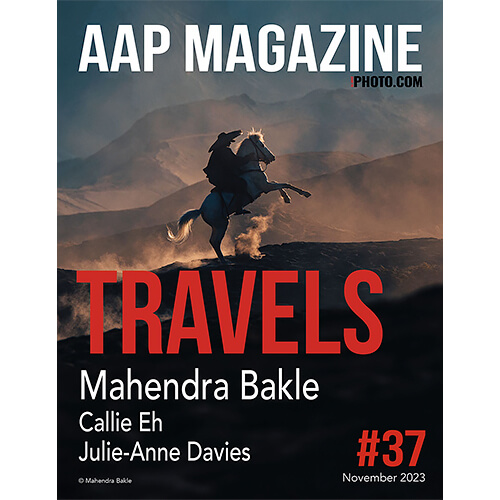We’re delighted to reveal the names of the 25 talented photographers who won “AAP Magazine #37: Travels”
Out of thousands of entries, these remarkable photographers come from around the world, with 13 countries being represented from 5 continents.
Each month All About Photo offers the opportunity to dedicated and passionate artists to showcase their work in our printed edition “AAP Magazine”. For this 37th edition we were looking for travel photographs, near and far, to the edge of the earth and to the places perhaps known only to a few.
There’s a world out there to explore and each winning photographer shows us a glimpse of the diversity of our planet.
From a horseman in Indonesia to another in Peru, from a tribe in Ecuador to an expedition in Alaska, we virtually travel to the four corners of the Earth.
Mongolia, India, Malaysia, Russia, Kenya, Antigua, Vietnam, Ethiopia, Peru, Solomon Islands, Angola, Morocco, Iceland, Australia, Papua New Guinea, Sudan, the United Arab Emirates, Egypt, Ecuador, and the United States are among the countries you will be able to discover in the 37th edition of AAP Magazine.
The Winner of AAP Magazine 37 Travels is Mahendra Bakle (India) with the series 'Riders of the Volcano'
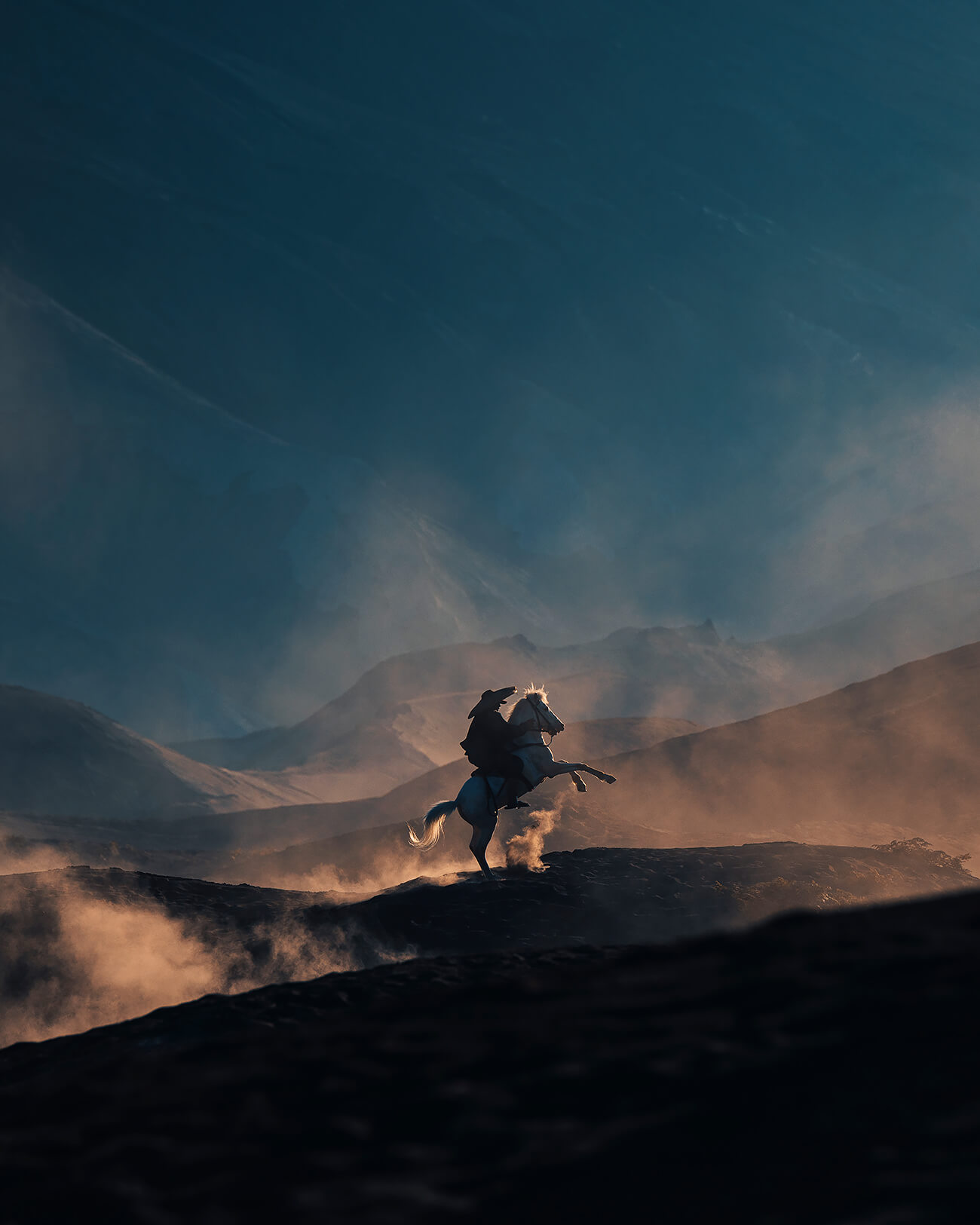
Riders of the Volcano © Mahendra Bakle
The Tenggerese people, known as The Horsemen of Bromo in Indonesia,
embody a captivating cultural legacy in the stunning landscape surrounding
Mount Bromo. Their vibrant customs and role as horseback guides create an
immersive experience for visitors exploring the volcanic terrains. These
horsemen, with their traditional attire and deep-rooted rituals, offer travellers
not just a ride but an encounter with the rich heritage of the region.
www.mahendrabakle.com
@mahendrabakle
www.facebook.com/mahendra.bakle
All about Mahendra Bakle
The Second Place Winner is Callie Eh (Malaysia) with the series Simplicity of Life
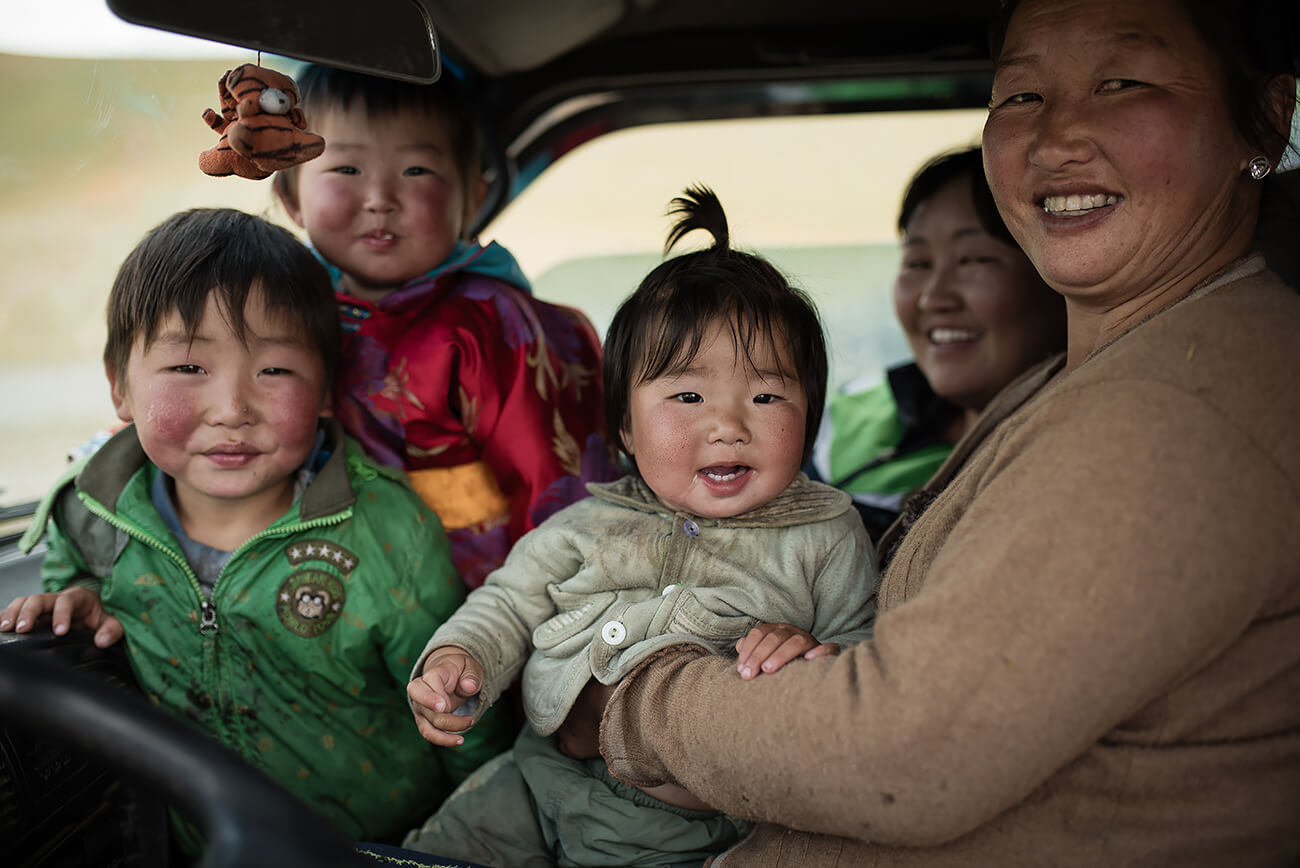
Simplicity of Life - Carpool © Callie Eh
Mongolians often carpool or ride-share with two families, which saves them money, reduces stress, and helps the environment.
www.callieeh.com
@callie_eh
All about Callie Eh
The Third Place Winner is Julie-Anne Davies (Canada) with the series 'Women of Ladakh'
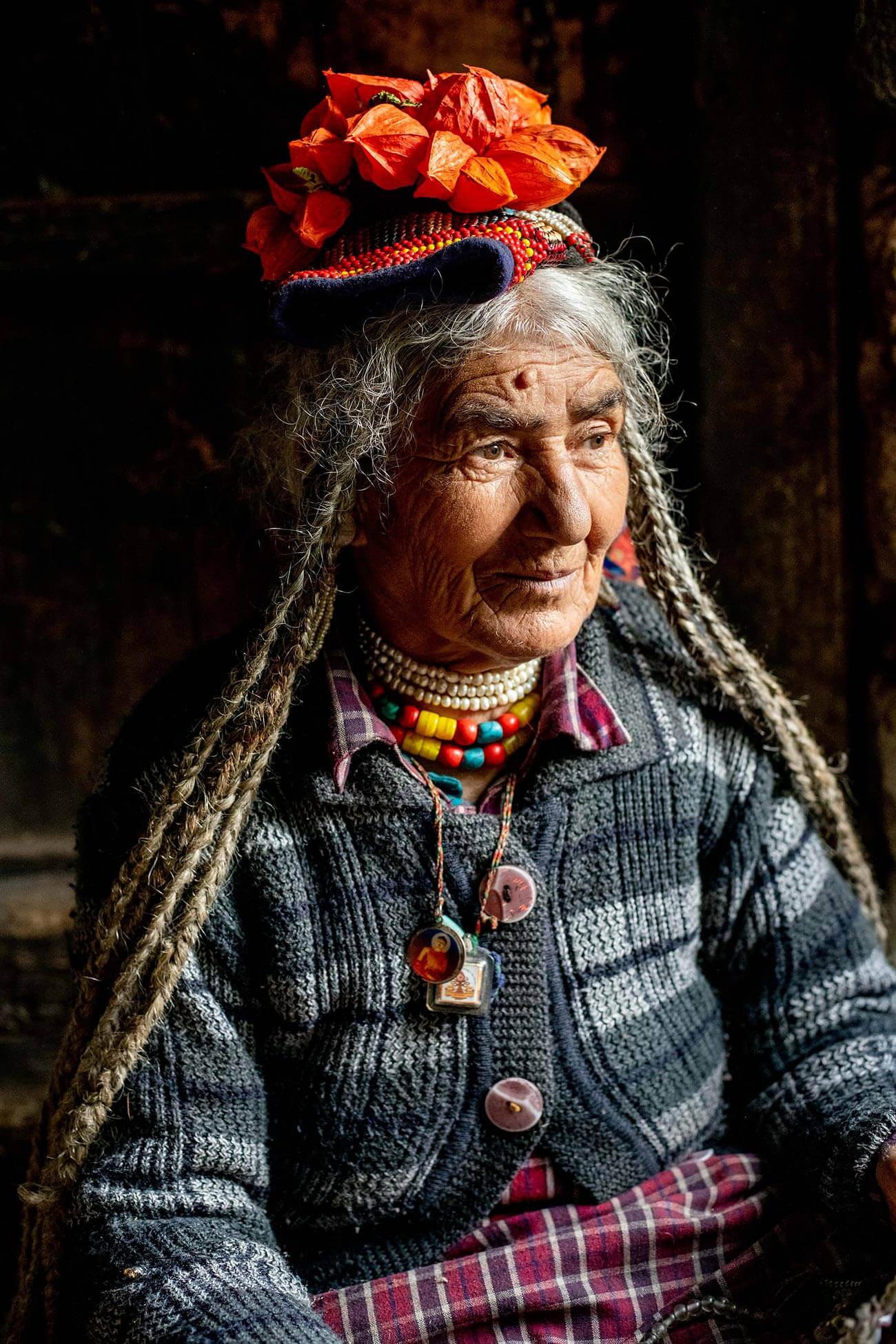
Brokpa Tribe Elder © Julie-Anne Davies
One of the last remaining elders to live and dress traditionally within her community, Tsering Chonzom is part of the Buddhist animist Brokpa Tribe who have lived peacefully along the banks of the narrow, deeply carved Indus River Valley in the farthest reaches of Northern Ladakh for the last 5000 years.
Photographed over a span of travels throughout Ladakh, this series focuses on documenting the beauty and diversity among the women of this fascinating, remote, high altitude Himalayan region.
www.julieannedavies.com
@julieannedaviesphoto
All about Julie-Anne Davies
Merit Gallery
Alessandro Malaguti (Italy)
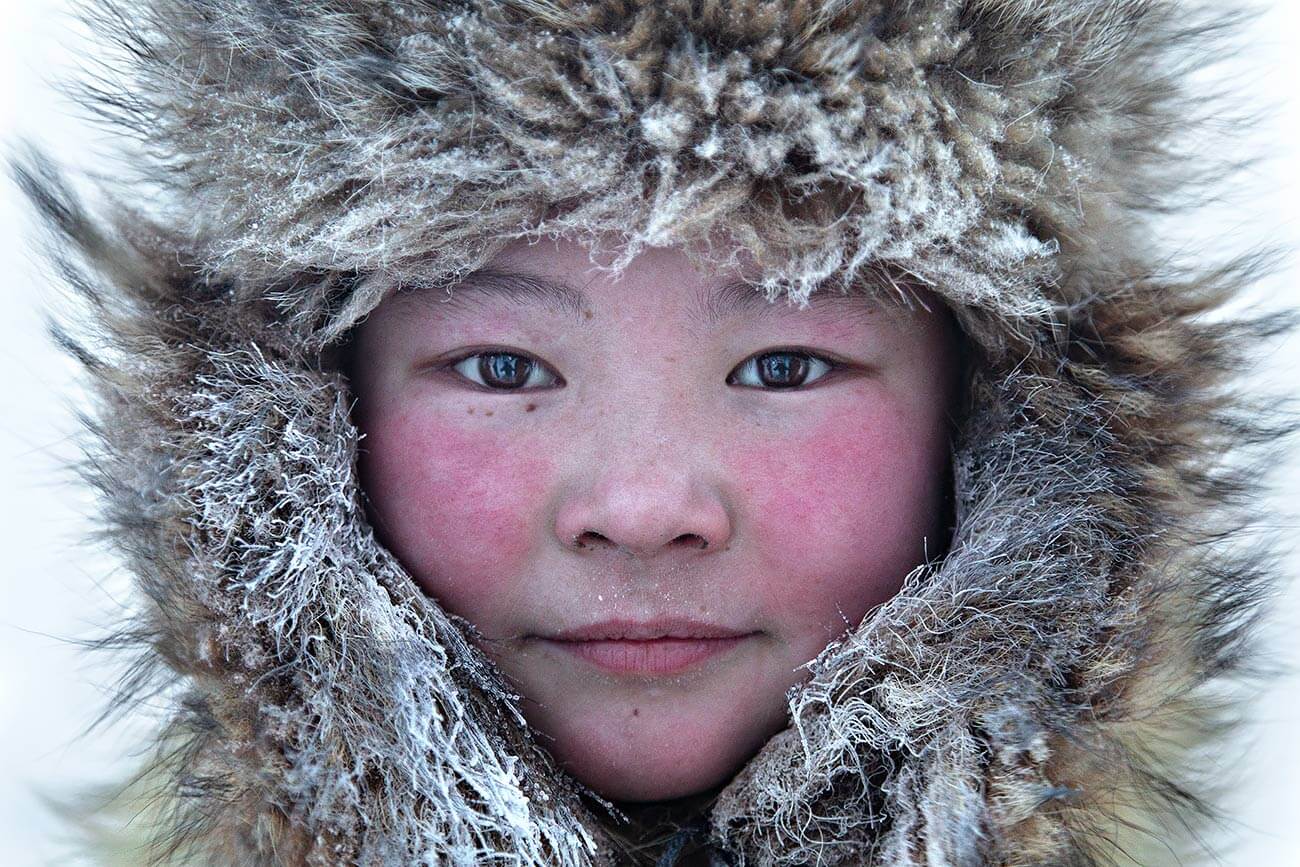
Anja from the series 'The hard life of Nenets' © Alessandro Malaguti
Anja, 14 years old, belongs to the Nenet ethnic group, a nomadic people who raise reindeer in the Siberian tundra. Here in this photo Anja is wearing an arctic fox hat to shelter from the cold.
Mauro De Bettio (Italy)
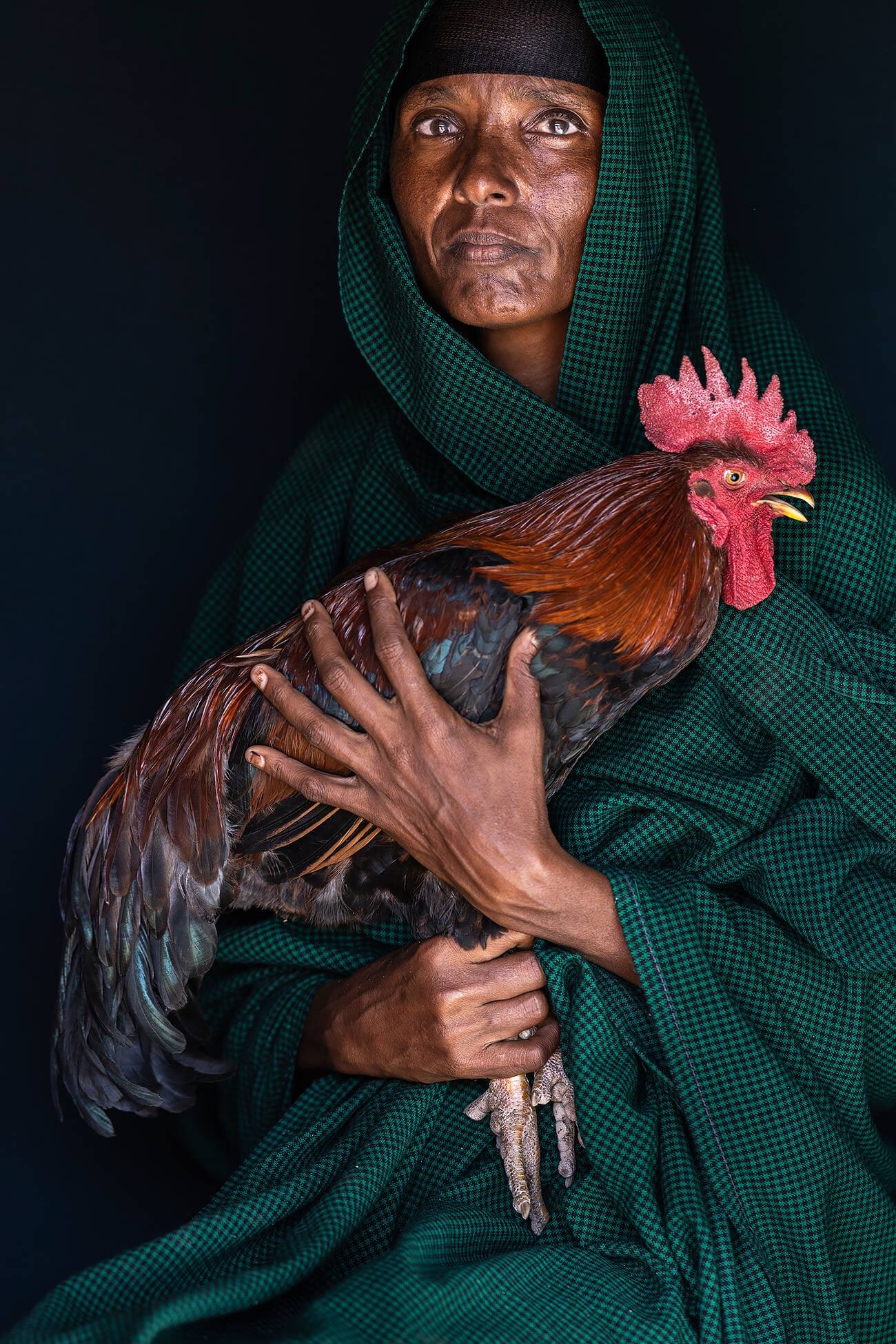
Portrait of Naripu, Samburu County, North Kenya - July 2023 from the series Rendille Tribe ©Mauro De Bettio
The inhabitants of North Kenya exemplify an unwavering spirit of resilience, standing as living proof of tenacity in the face of adversity. In a landscape defined by arid expanses and challenging climatic conditions, they have not merely endured but triumphed against formidable odds.
Their remarkable resilience serves as a beacon of inspiration, underscoring the profound truth that with unwavering determination and steadfast perseverance, individuals can surmount even the most daunting challenges. The capacity of these resilient communities to discover hope amid the harshest circumstances stands as a radiant testament to the indomitable nature of the human spirit, demonstrating its ability not only to endure but to flourish in the midst of adversity.
All about Mauro De Bettio
France Leclerc (Canada)
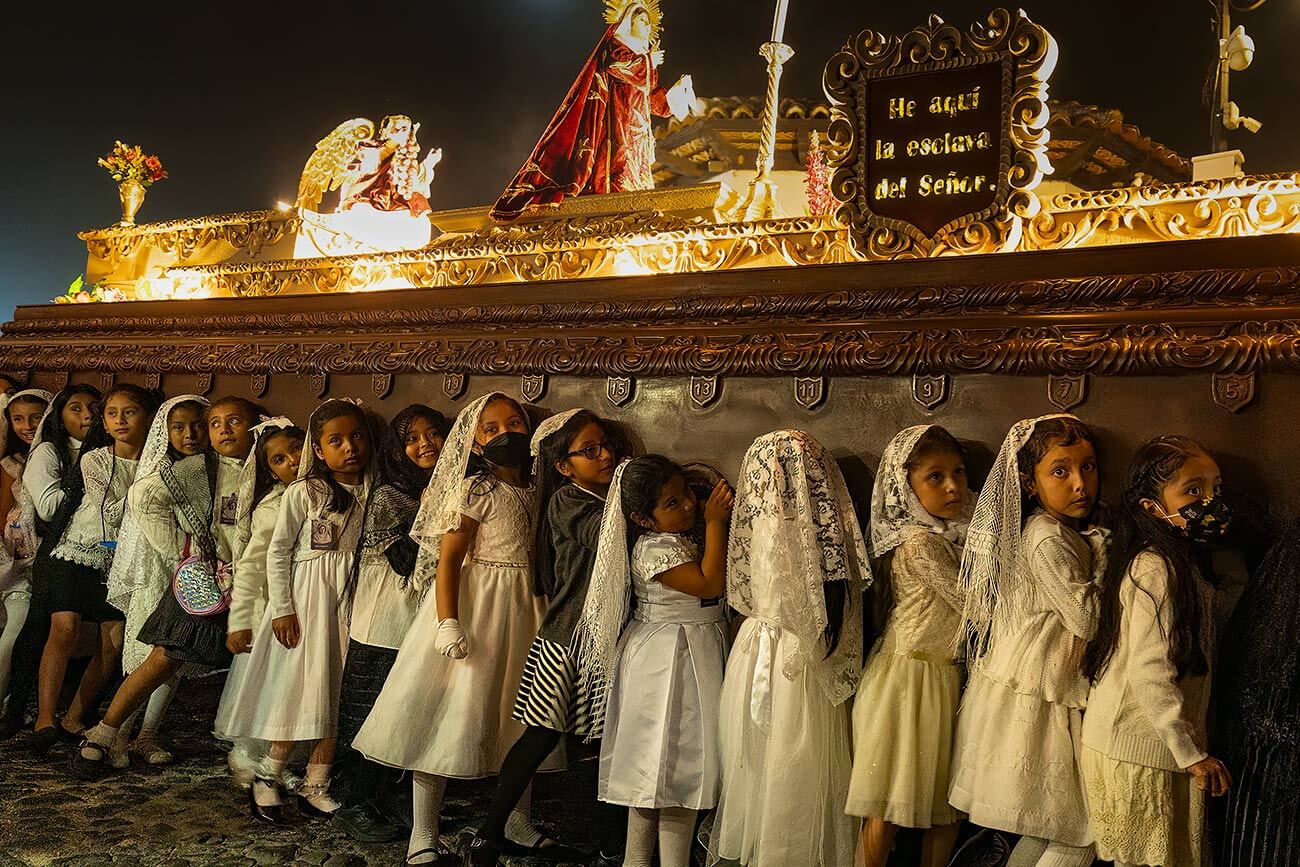
Girl’s Procession from the series 'Semana Santa in Antigua' © France Leclerc
La Semana Santa (Holy Week) is the annual Catholic commemoration of the Passion of Christ. In Antigua, it is celebrated with numerous processions, where worshippers carry enormous floats covered with life-size religious statues. The children’s procession is particularly endearing to watch.
All about France Leclerc
Terry Wild (United States)
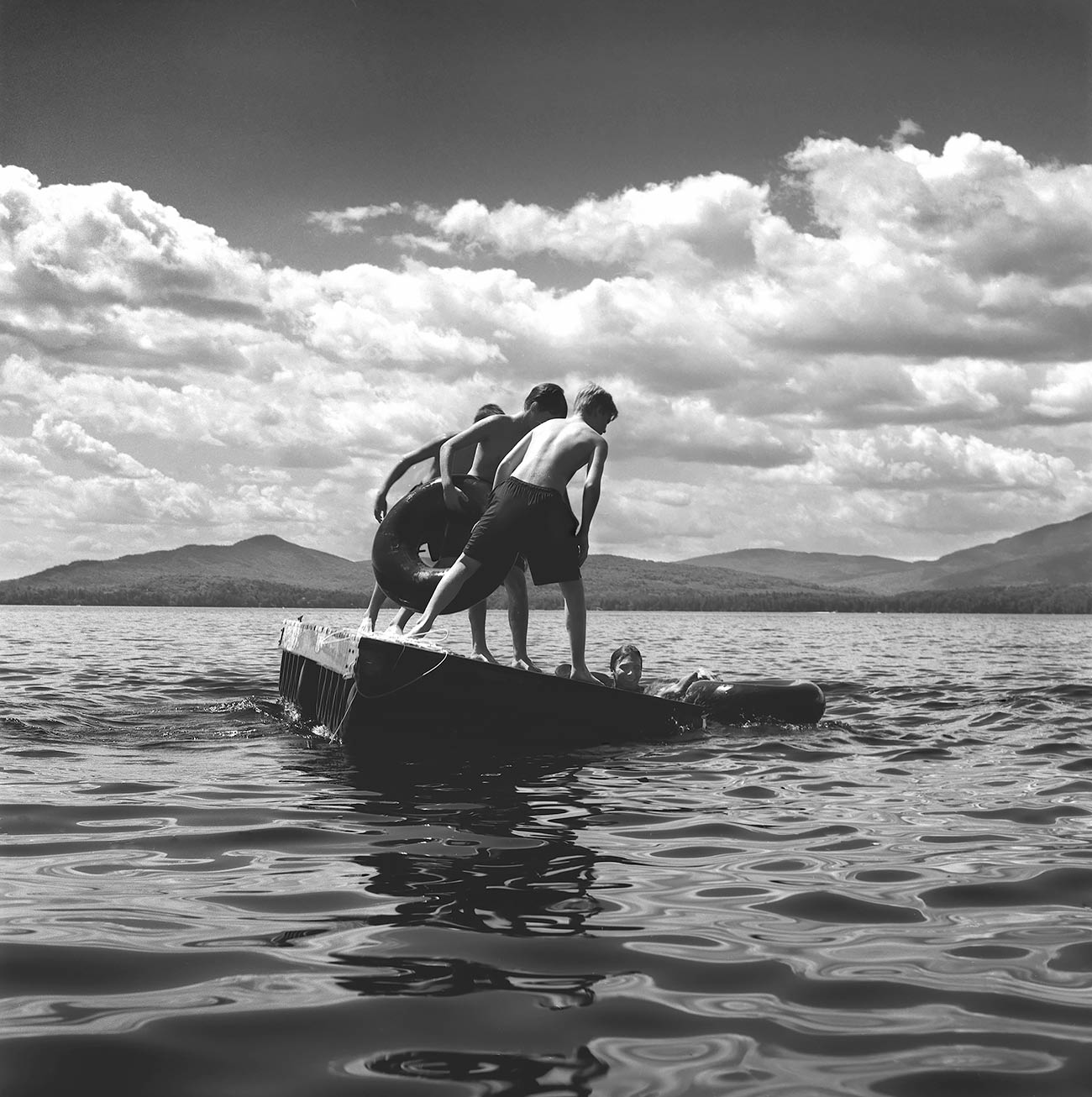
In Praise Of from the series 'A Lake Affair'' © Terry Wild
The purchase of a waterfront historic log cabin in 1989 on Moosehead Lake, Maine, led to a 10 year photographic love affair. The crib dock became an ever-changing platform studio and setting. Everyday provided carefree views and activities. The lake became imbedded in my soul. To this day Moosehead Lake has remained a planetary jewel.
Hoang Long Ly (Vietnam)
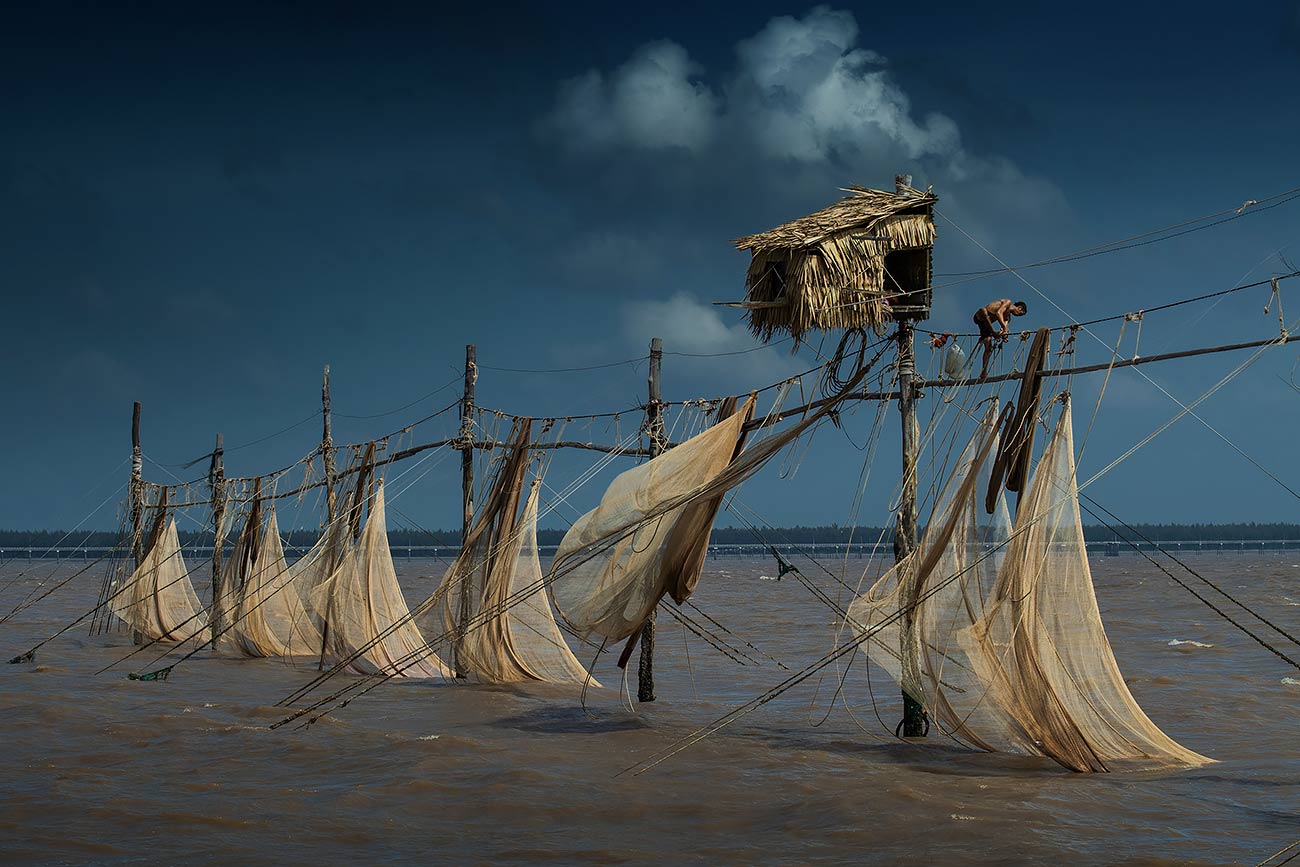
Traditional offshore fishing in Tra Vinh-Vietnam' © Hoang Long Ly
This kind of fishing existed more than a hundred years ago only in two provinces in Mekong Delta, Vietnam. Nowadays there are few families that keep following that method in Dong Hai - Tra Vinh.
Far away from the mainland, about 15 nautical miles, there was a line of dozen wooden stilts installed into the deep sea, a huge net hung between every two stilts. At night, a fisherman dropped the net and let it spread at the bottom. The next morning, when the tide receded, the other fishermen would pull the net up to collect the fish inside. Depending on the season, the best time for fishing was from March–May and September–November.
The fisherman in the picture had to stay alone in a shelter for two weeks to take care of the net at night.
All about Hoang Long Ly
Daniel Haeker (Germany)
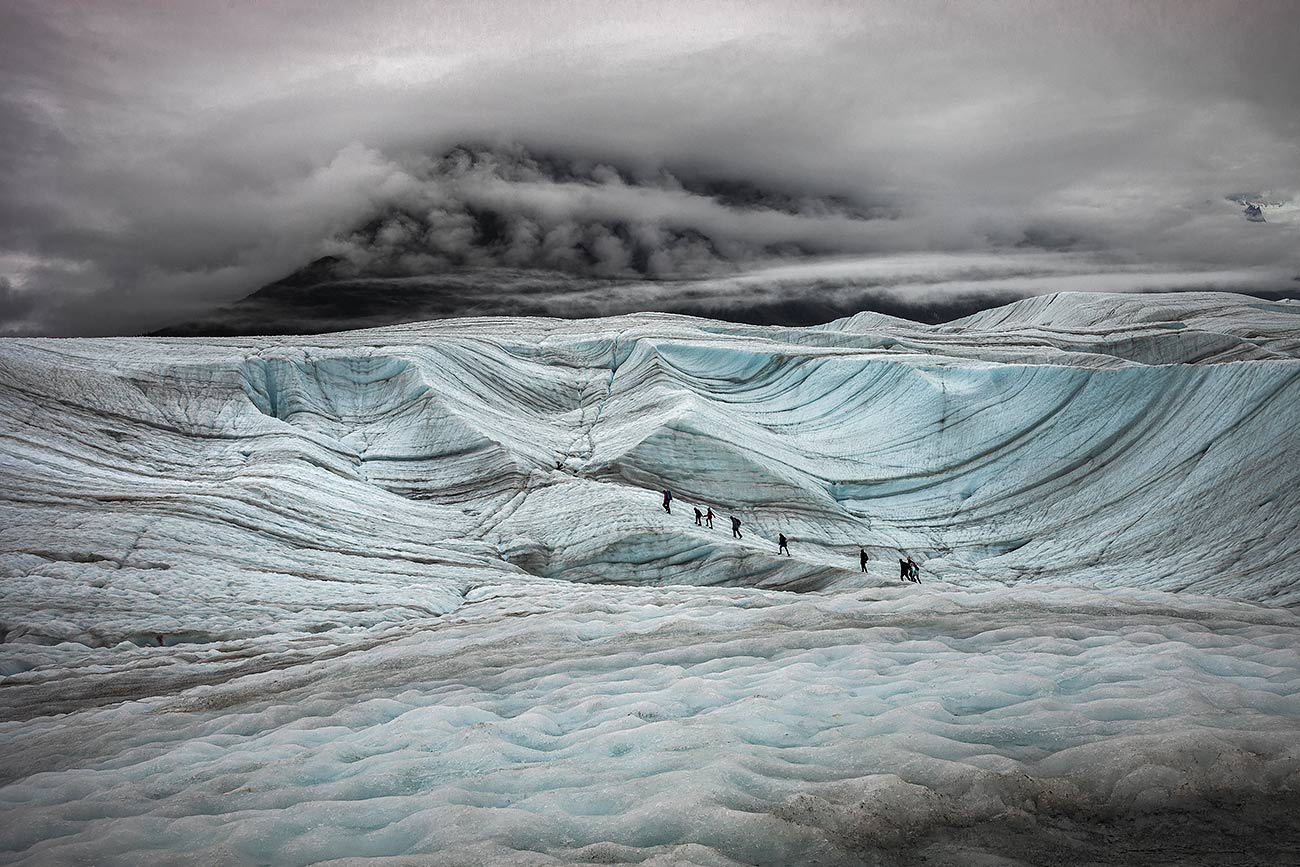
Alaska #5 - The Expedition © Daniel Haeker
For more than a decade now, one of my main photographic subjects is Travel Photography. Usually, people catch my eye, but also architecture and, obviously, landscape. In my landscape photography, I tend to mistrust the just beautiful, as I am mainly interested in a theme that I call Marred Landscapes, which means that I am constantly on the lookout for human-made objects carelessly left behind in landscapes that should be pristine. Most of my Alaska 23 series reflects that, and I have shot similar images in Australia, Sweden, Norway, India, Serbia, Spain, Chile, Argentina and the US. However, sometimes I succumb to the sheer beauty of the landscape that unfolds before me, and my image Alaska #5 - The Expedition is an example of that. Shot in July 2023 while hiking on the Root Glacier in the Wrangell St. Elias NP in Alaska.
Ivan Ferrer (Israel)
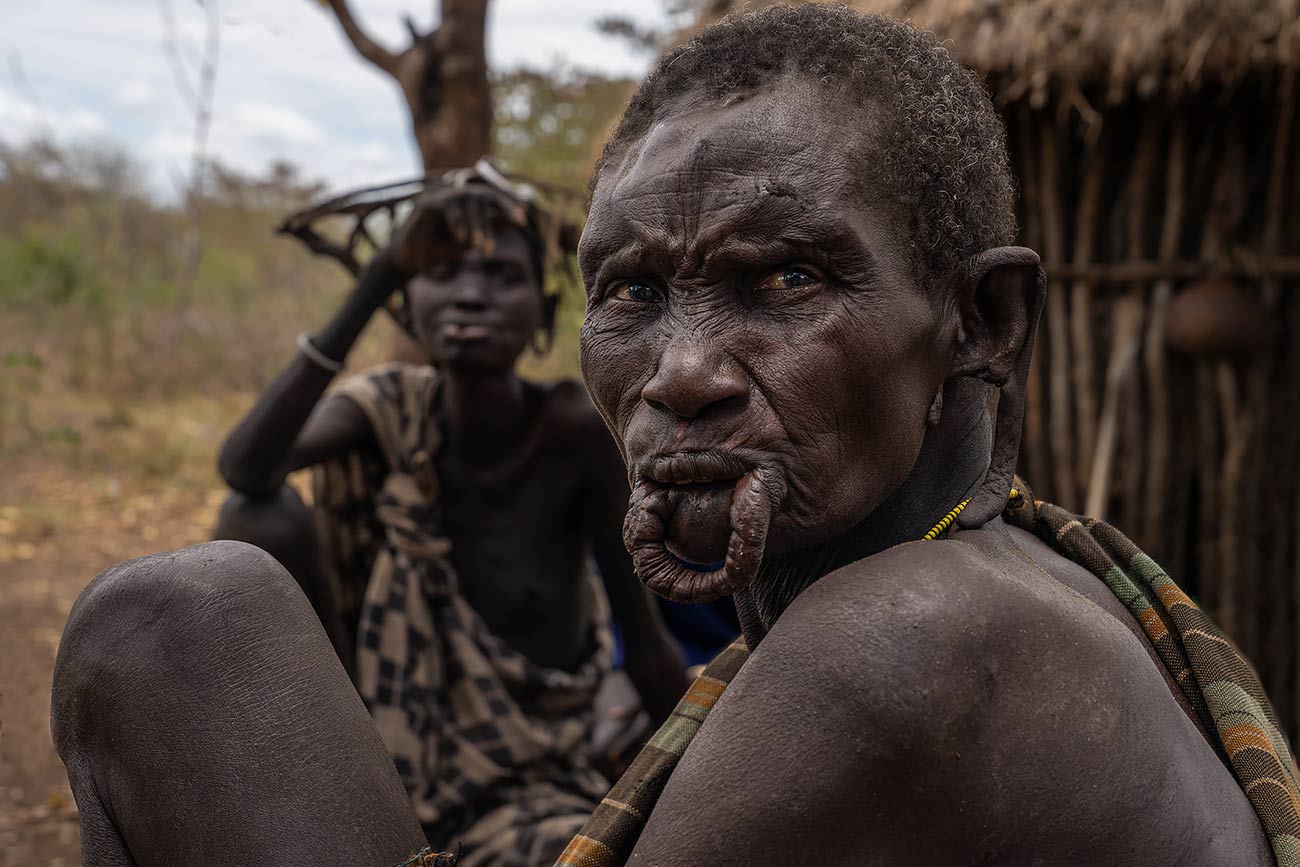
Read My Lips from the series 'The Cultural Diversity of our World' © Ivan Ferrer
This woman is a member of the Mursi tribe, Omo Valley, Ethiopia. Mursi women are famous for their wooden lip plates – a symbol of beauty and identity. Lip plates are more frequently worn by unmarried girls and newlywed women than by older married women with children. They are generally worn on occasions such as serving men food, milking cows, and important rituals like weddings. If the husband dies, the lip plate is removed since a woman’s external beauty is said to fade after his death.
All about Ivan Ferrer
Nicolas Castermans (France)
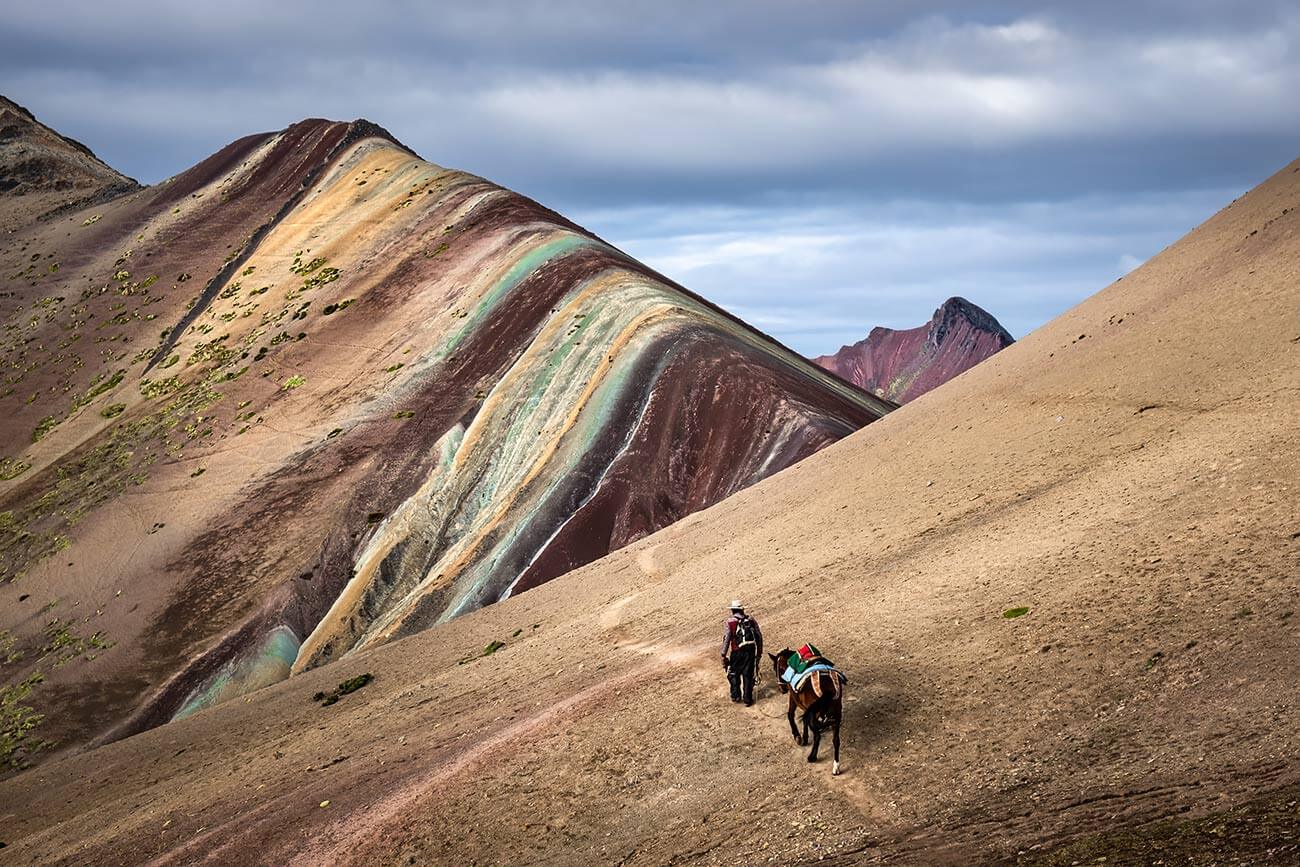
Rainbow Mountain from the series 'The Face of the Ausangate' © Nicolas Castermans
This image is part of a long-term photography project about the highlands of the Cusco region, around the highest and most sacred mountain in Southern Peru: the Ausangate (6,384 meters). With this series of images, I want to document the traditional life, customs and events of the local Quechua people who live above 4,000 meters above the sea level in an incredibly colorful nature, and the challenges they are facing today.
They manage to thrive in such an environment thanks to their alpacas from which they get wool for handcrafts, yarn for clothing and food from their meat. But this lifestyle is clearly endangered, mainly because of the impacts of globalization and global warming. The construction of roads, the proximity of towns further down the valleys, and the promise of a better and more comfortable life end up attracting the younger generations.
Change is certainly underway and these Andean communities will not escape it, to the detriment of part of their cultural identity and authenticity.
All about Nicolas Castermans
Pavlos Evangelidis (Greece)
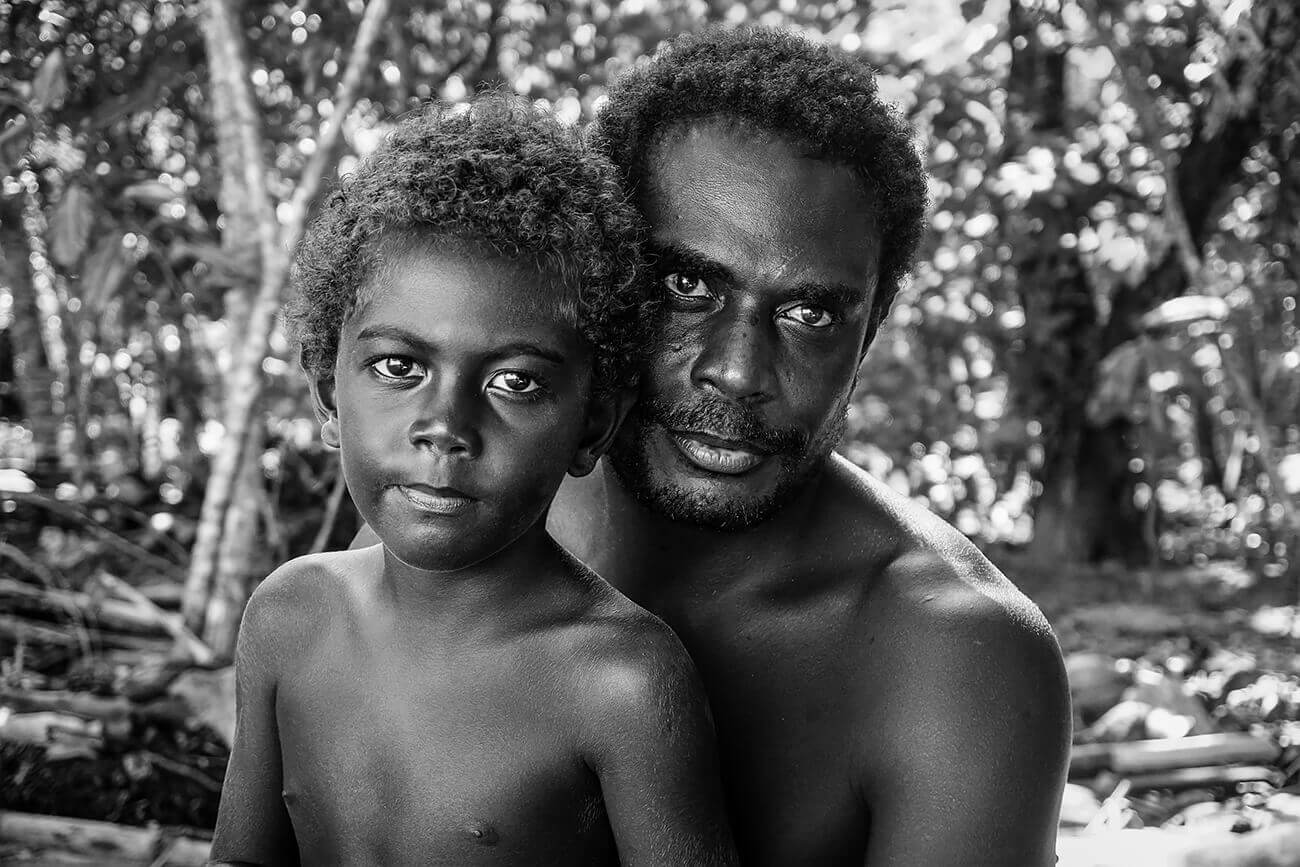
Like Father, Like Son from the series 'Humans to Ocean (H2O)' © Pavlos Evangelidis
The series explores the interdependent relations between humans and the ocean, particularly in water-based communities that have forged strong, deep-rooted, mutually reliant connections over many generations.
This picture was shot on assignment in a remote village in Choiseul, Solomon Islands. I was visiting a project fighting exploitation of children linked to pressures from the fishing and logging industries in the area, funded by the European Union and implemented with Save the Children. This was a spontaneous shot of a father and son sitting on the beach. No posing was involved; they briefly allowed my camera to catch a glimpse of their intimacy and nurture.
All about Pavlos Evangelidis
Jacopo Maria Della Valle (Italy)
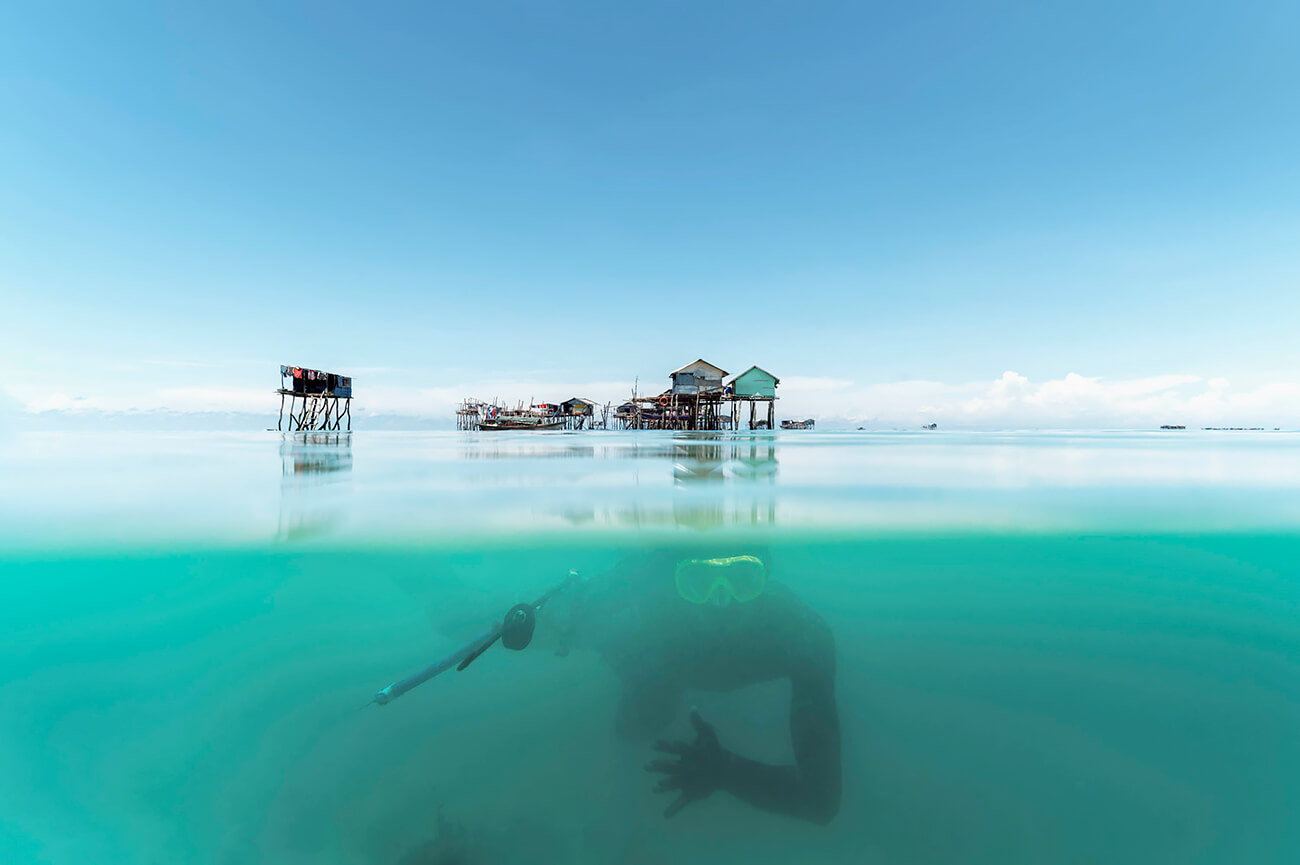
Waterworld © Jacopo Maria Della Valle
The Bajau are indigenous, nomadic and stateless people known as Sea Gypsies, who live off the
coasts of the Philippines, Malaysia and Indonesia.
Their nomadic origins make them difficult to approach and get to know.
They are wary people because they are used to living isolated, they are often treated with
indifference or denounced because they are considered illegal immigrants on the mainland. In
fact, they are not recognized as citizens by any state and have no fundamental rights. In the past
they moved freely across the seas of Southeast Asia; today they are more sedentary while they
still live closely linked to the sea, far from the coast and its society.
Historical sources report that the Bajau are descended from the royal guard’s soldiers of the
Sultanate of Johor who, after the fall of the Sultanate of Malacca, migrated from the southern
coasts of the Philippines and settled along the eastern coast of Borneo following severe storms.
Paralleling these historical sources, The legend of the Princess of Johor tells of a sudden and
extremely violent flood that hit Malaysia thousands of years ago. During this cataclysm the
princess was dragged by the impetus of the currents so her father, afflicted by pain, ordered his
subjects to go to sea in search of his daughter and return only when they had found her. Even
today the descendants of that people continue the search for their princess, moving into the sea
as nomads.
The Bajau are divided into three groups: the tribes who live on the islands, those who live in the
villages of wooden stilt houses in the open sea or the Bajau Laut who spend their whole life in
wooden boats called lepas, only 5 meters long and 1.5 meters wide.
Salis is a fisherman who took me to several seaside Bajau villages, showing me their way of life and
translating their language.
Salis moved to the mainland a few years ago to work in the city, but after a few months he ran
away to go back to live in his stilt house, because he couldn't adapt to that regular life away
from the sea.
How to blame him ... his house is located in a heavenly place within the marine park Tun
Sakaran, surrounded by transparent water, coral reefs and a rich biodiversity of marine species.
The construction of one stilt house takes about two months of work and takes place during the
low tide period. Each stilt house consists of a single room, where live up to 8 people of the family:
they sleep on the floor or in hammocks, cook and eat together.
Rosita, Salis' wife, piqued my curiosity with her yellow face, sprinkled with Burak: a traditional
dough whose main ingredients are rice flour and turmeric root. Burak, similarly to the Burmese
Thanaka, is used as a sunscreen to protect the skin from sunburn.
Children have been swimming since they were born and play continuously and fearlessly in the
water, use aluminum tubs as boats, collect starfish or follow their fathers in fishing for small fish.
I've been on several fishing sessions with Salis and his friends, realizing that the Bajau have
unmatched ocean knowledge and are all expert freedivers.
A 2018 scientific research showed that Bajau spleens are about 50% larger than those of a
neighboring terrestrial group (the Saluan): they store more blood rich in hemoglobin, which is
expelled into the bloodstream when the spleen contracts in depth, thus resulting in greater
resistance during freediving.
Fishing and collecting shells and shellfish are the only activities that the Bajau do, even for 8 hours
a day, and they are able to go down to depths of 30 meters to catch pelagic fish or look for pearls
and sea cucumbers.
Despite being skilled freedivers, they have to deal with nitrogen narcosis, hypothermia and
decompression sickness which can sometimes have fatal consequences: being stateless, they are
not entitled to health care and cannot access the treatments that would allow them to survive.
The Bajau only reach the mainland to sell their products, exchange them for water, rice and
tobacco or to shelter from too strong storms.
Unfortunately, however, their life at sea is changing and they are becoming increasingly
dependent on society and its money market, such as for example the petrol engine and the
thoughtless use of plastic objects. During my stay in the Bajau villages I was sad to note that often
the beaches and the sea were littered with garbage. While in the past the production of organic
waste by sea nomads was not a problem, today the growing increase of plastic and nonbiodegradable
materials contributes to the pollution of the ecosystem in which they live.
The low level of education, the presence of daily problems such as the tightening of controls, the
gradual decline of the fish and the restrictions on their movements, have not yet allowed the
Bajau to develop an environmental awareness.
For now, moving to the mainland is not an option, and I hope they will manage to live in harmony
with the beautiful nature that surrounds them, finding a balance between the rights and duties of
modern society and the preservation of their traditions and lifestyles.
All about Jacopo Maria Della Valle
Eric van den Brulle (United States)
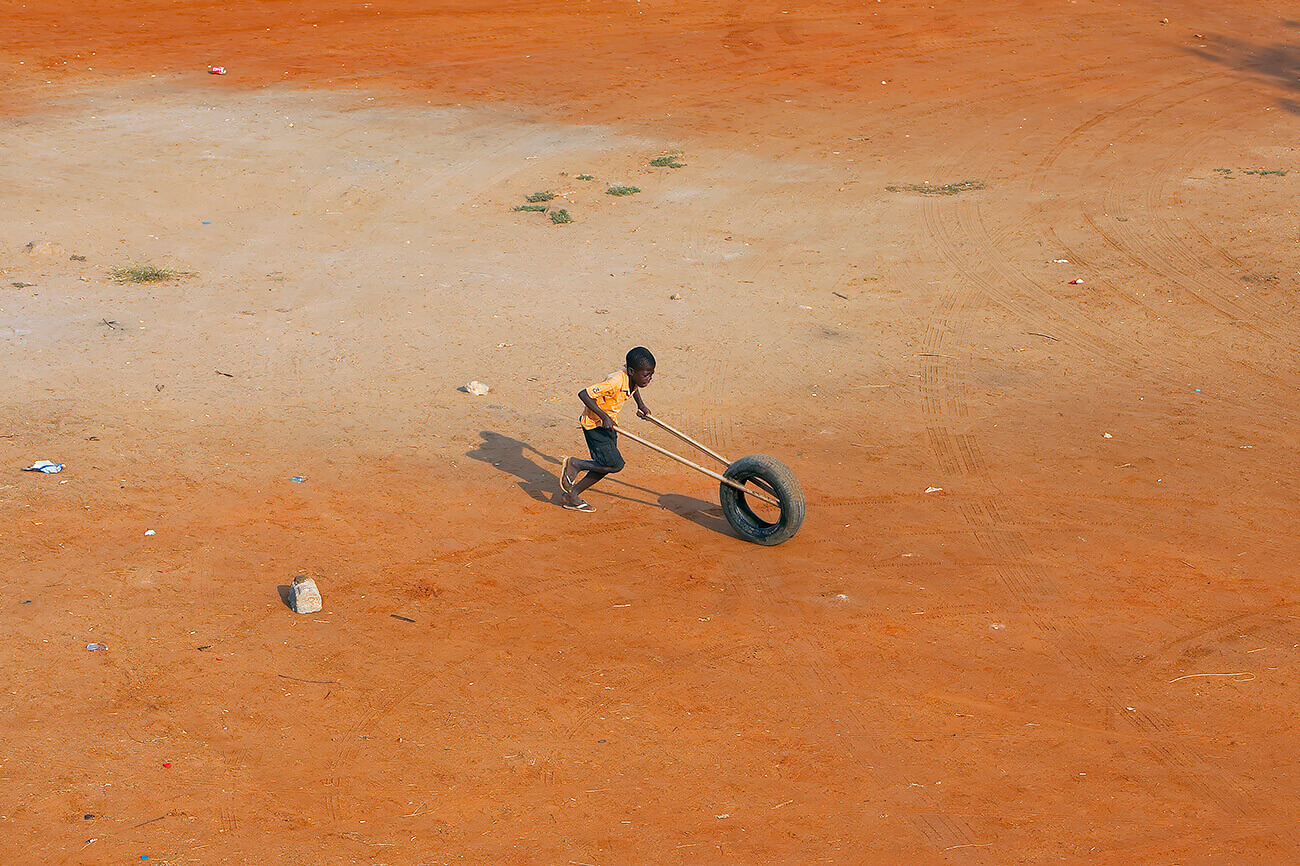
Angolan Boy with Tire from the series Angola © Eric van den Brulle
My trip to Angola was to explore the day to day life of the people.
All about Eric van den Brulle
David Saxe (United States)
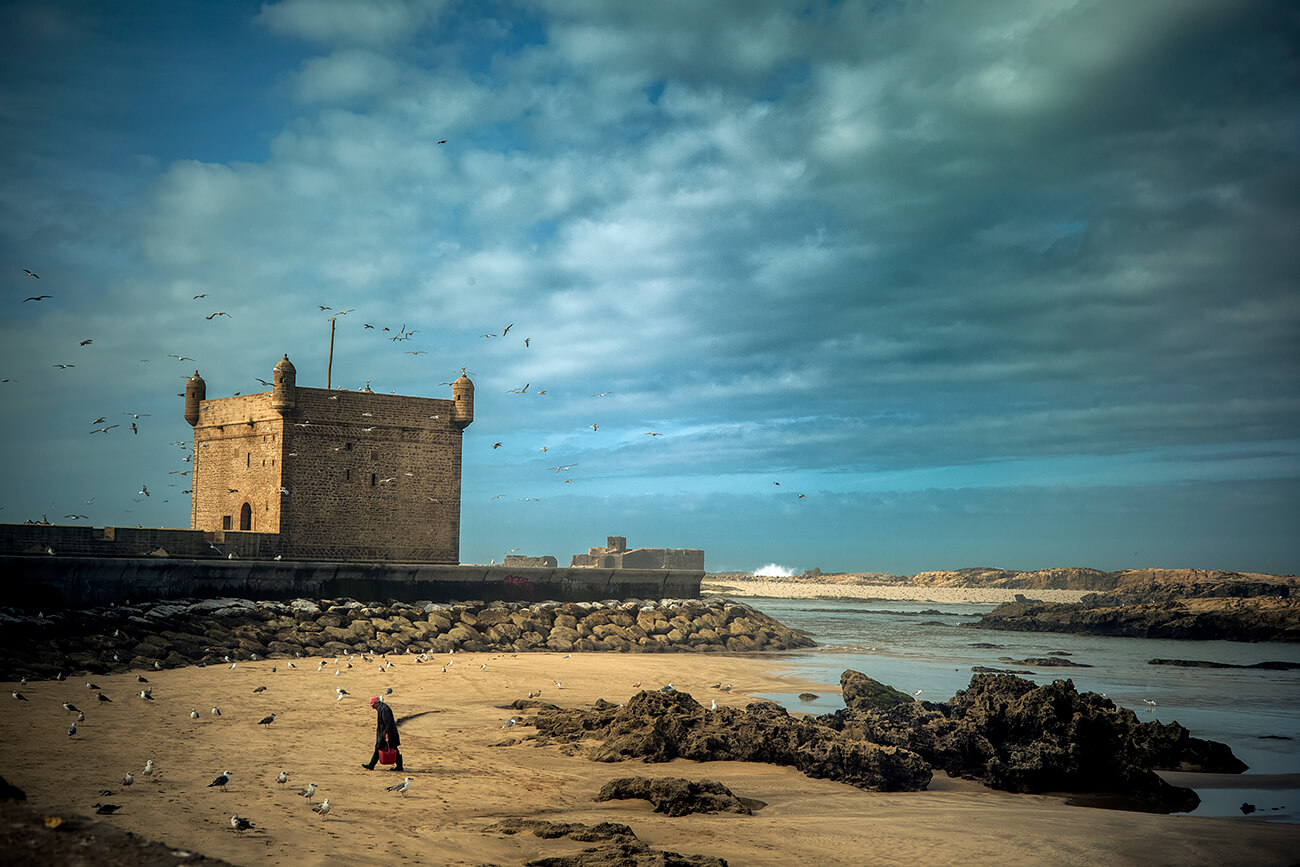
Essaouira from the series Morocco © David Saxe
My projects are almost always spontaneous and unplanned. I simply shoot what I stumble on, what excites me, what attracts me, and over time these photographs gradually evolve into projects. They are really the result of my unconscious thoughts coming alive as a series of photographs or a story. Since I was on vacation in Morocco at the time, these photographs naturally became my project.
I had been in Morocco for a while—long enough to get used to the local population’s reluctance to be photographed due to their Muslim religion. I adapted by keeping my distance, and discreetly observing events and daily life at a moderate distance. I simply tried to blend in to the background and remain unnoticed.
Essaouira is a small city located on the North Atlantic coast in Southern Morocco. Walking along the old walls of the city, I was more intrigued by the silence, the smell of the salty air, and the general mood of the place. I noticed a group of people sitting on the wall looking out to sea and walked over to perhaps take a photograph and see what they were looking at. It turned out here was nothing interesting going on, but as I walked away, I saw the birds hovering around the old tower and stopped to watch. Out of the corner of my eye, I saw the man waking along the beach. I slowly raised my camera and patiently waited until he walked into the frame, and then I snapped the shutter.
Prescott Lassman (United States)
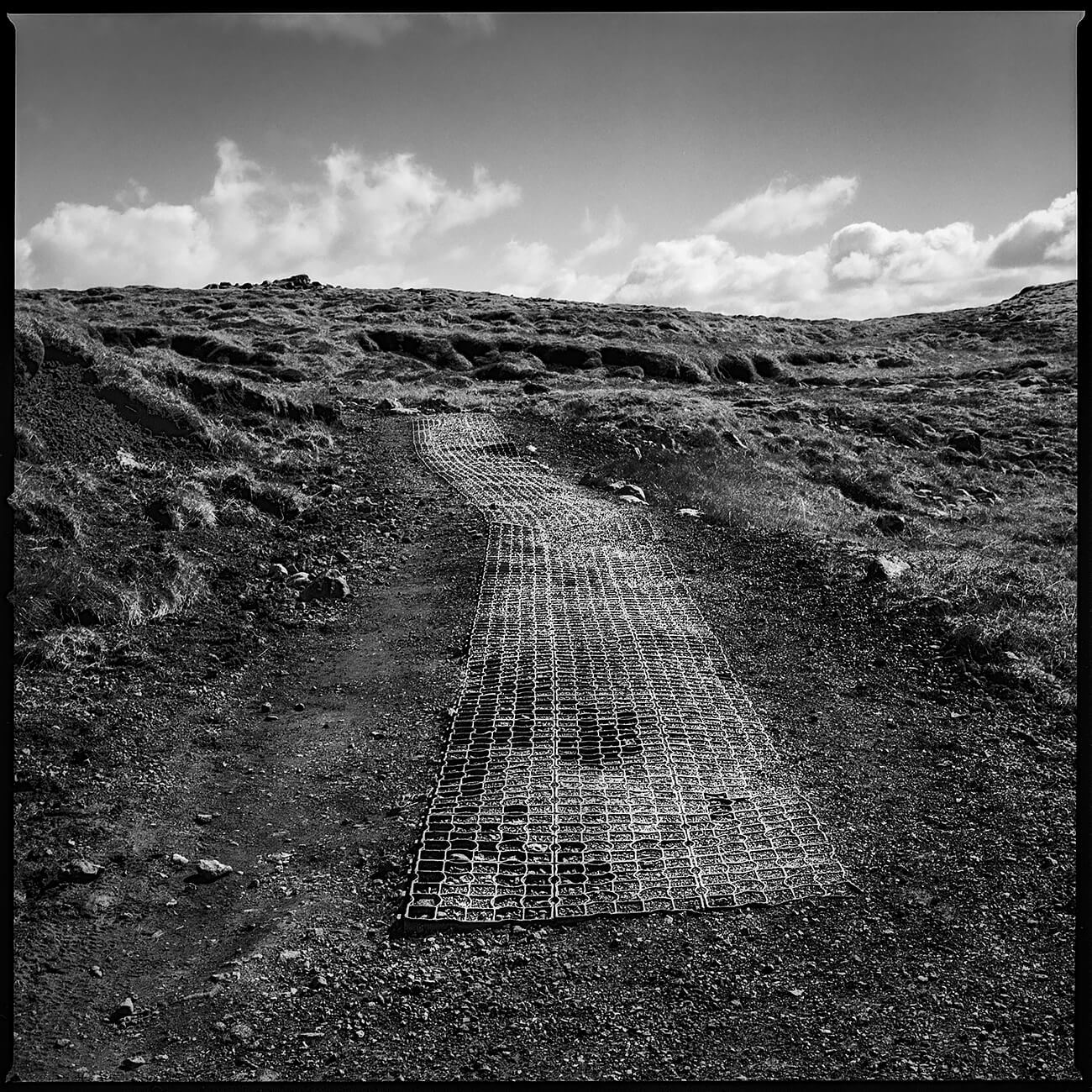
Manufactured Path from the series Around the Ring © Prescott Lassman
Short Explanation of Series: Around the Ring documents my trip to Iceland to drive the Ring Road during the height of the COVID-19 pandemic in 2021. The tiny island country, with its otherworldly landscapes and laissez-faire attitude, was a breath of fresh air after 18 months of lockdown. Because these images were captured in the middle of the COVID-19 pandemic, however, they seem less about the external Icelandic landscapes - stunning as they are - and more about my own internal landscape as I struggled to adjust to this new world order.
All about Prescott Lassman
Carrie Jones (Australia)
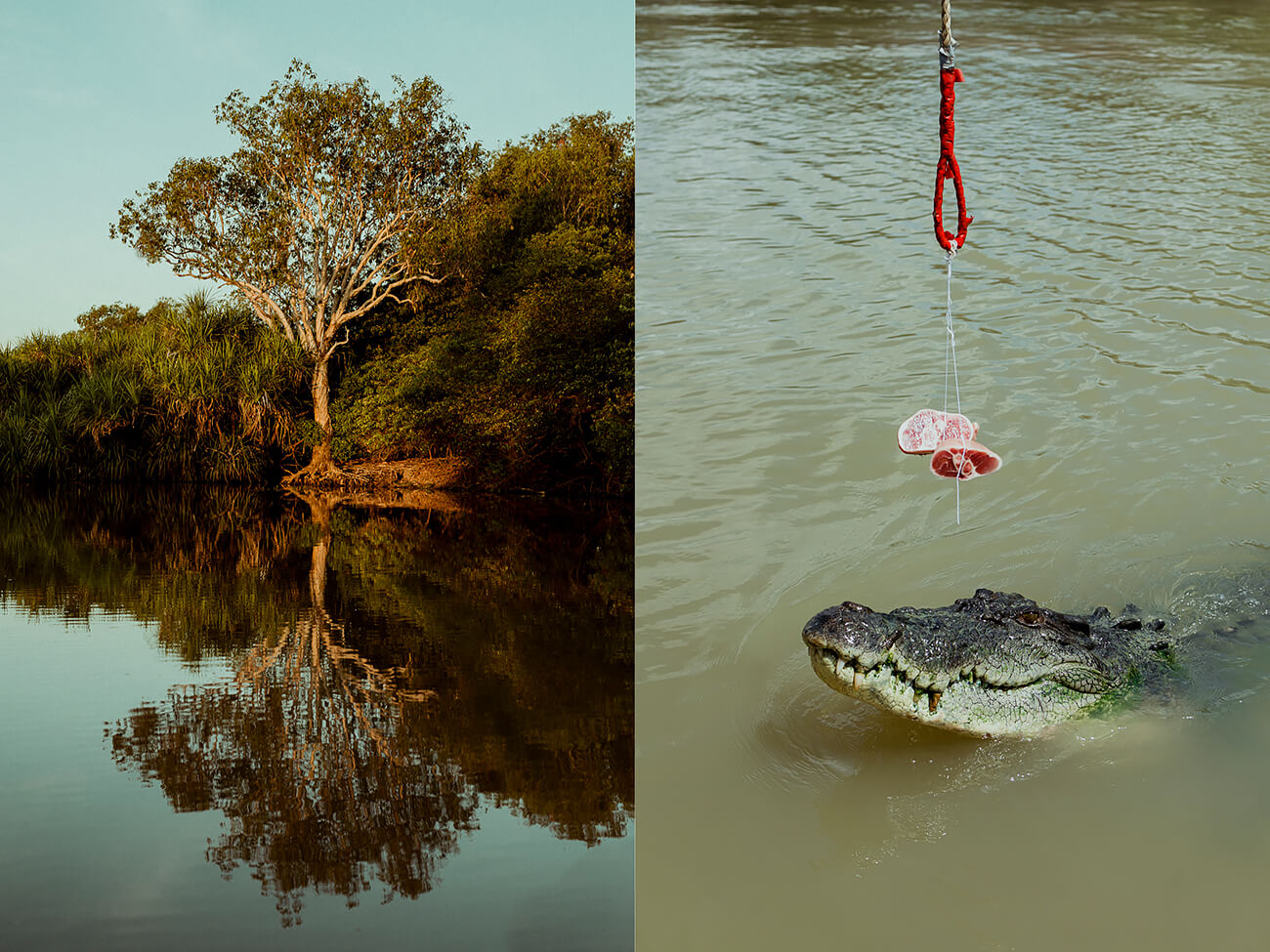
Dream World © Carrie Jones
I created a series of diptychs to document my family's travels through the National Parks of the
Northern Territory. My aim was to create imagery that evokes the senses. The heat, the dry, the
rich earth and even richer culture. Where the human element enriches the understanding of the
environment, and vice versa.
Chiara Felmini (Italy)
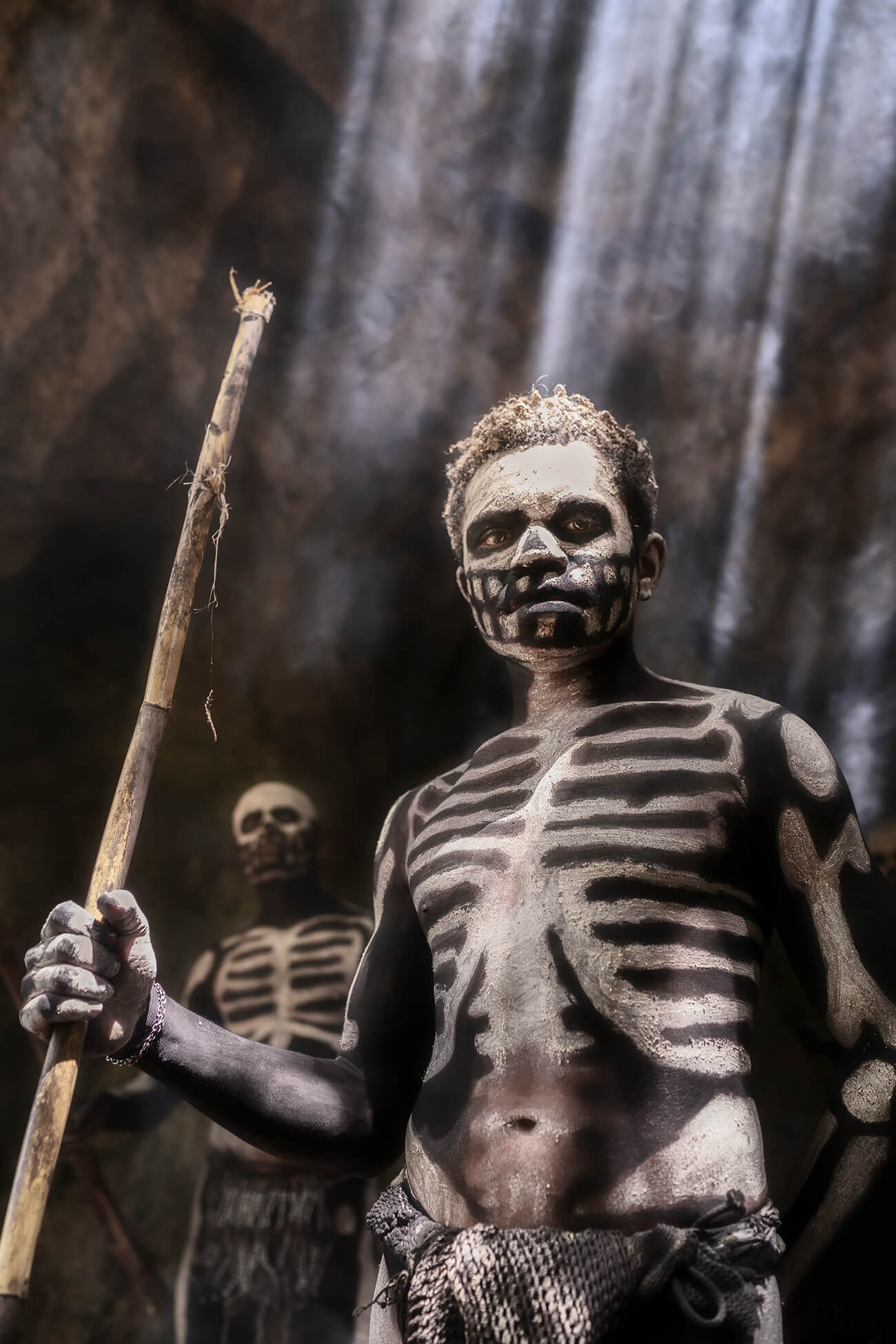
Skeleton Man from the series Papua New Guinea – Souls, colors and tradition © Chiara Felmini
A journey to this land is an immersion in richness.
The island is home to around 7000 different cultures. Each of them has its own language, weapons and approaches to dance, music, body painting and clothing. Today this priceless heritage is starting to disintegrate with the modernization of the country.
Almost every tribe uses ritual preparation that transforms bodies into skeletons.
The real motivation of this singular disguise is not known. Some argue that it is to scare enemies in a highly contested territory and others to keep ferocious predators away from homes. The origins of customs and traditions are lost in time and the entire history of these populations is entrusted to oral tradition, therefore the interpretations also vary greatly according to the areas and the tribes themselves.
All about Chiara Felmini
Pawel Pilch (Poland/United States)
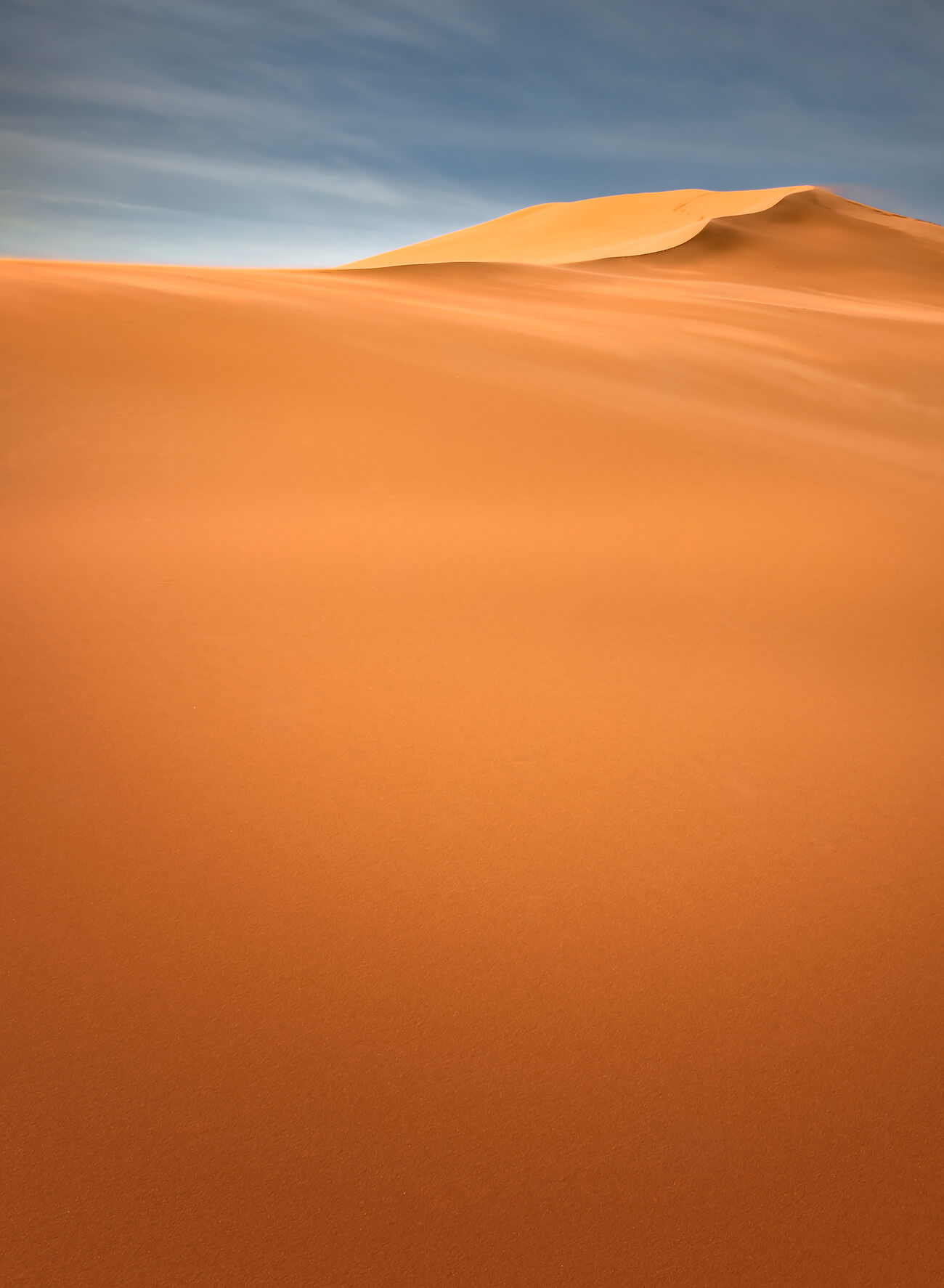
Grain Configuration №1 from the series Plateau Diorama © Pawel Pilch
I am always so exited when my travel plans and photography assignments take me to Colorado Plateau,
a 350,000 square kilometers high desert region in Western United States.
Over the years I have returned there many times. There is so much to see and explore in this unique environment.
For 10 million years due to slow collision of tectonic plates Colorado Plateau has been rising steadily exposing soft rock
deposits buried deep within the plateau since Jurassic period.
This image, titled “Grain Configuration №1” is part of a series called “Plateau Diorama” comprised of 3 themes: Stone Configuration,
Grain Configuration and Ash Configuration. In it, I explore the effects of wind, fire and water as well as seasonal temperature changes
interacting, sculpting and forever changing this very malleable rock material.
All about Pawel Pilch
Héctor Ruiz Golobart (Spain)
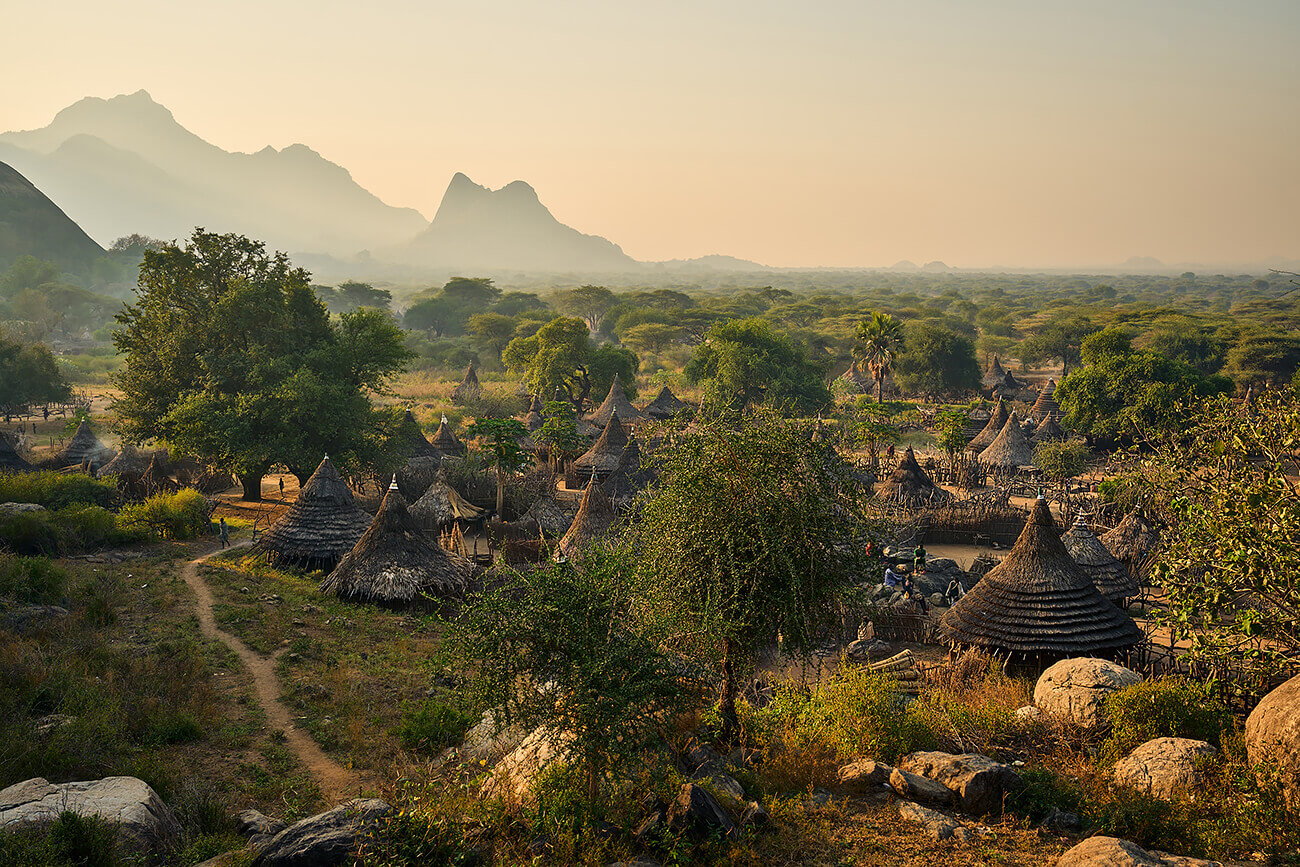
Larim village from the series The Larim women © Héctor Ruiz Golobart
Deep in the Boya Hills live the Larim, one of South Sudan's most fascinating ethnic groups. As in most African communities, while the men spend their days away from home grazing with their livestock, the women take care of a multitude of tasks throughout the day. In this sense, Larim women are in charge of growing cereals, grinding grain, fetching water, raising the little ones, fetching firewood or building, among many other things. This project aims to give visibility to the African woman, the forgotten hero of Africa and the authentic driving force of the continent.
Michel Daumergue (France)
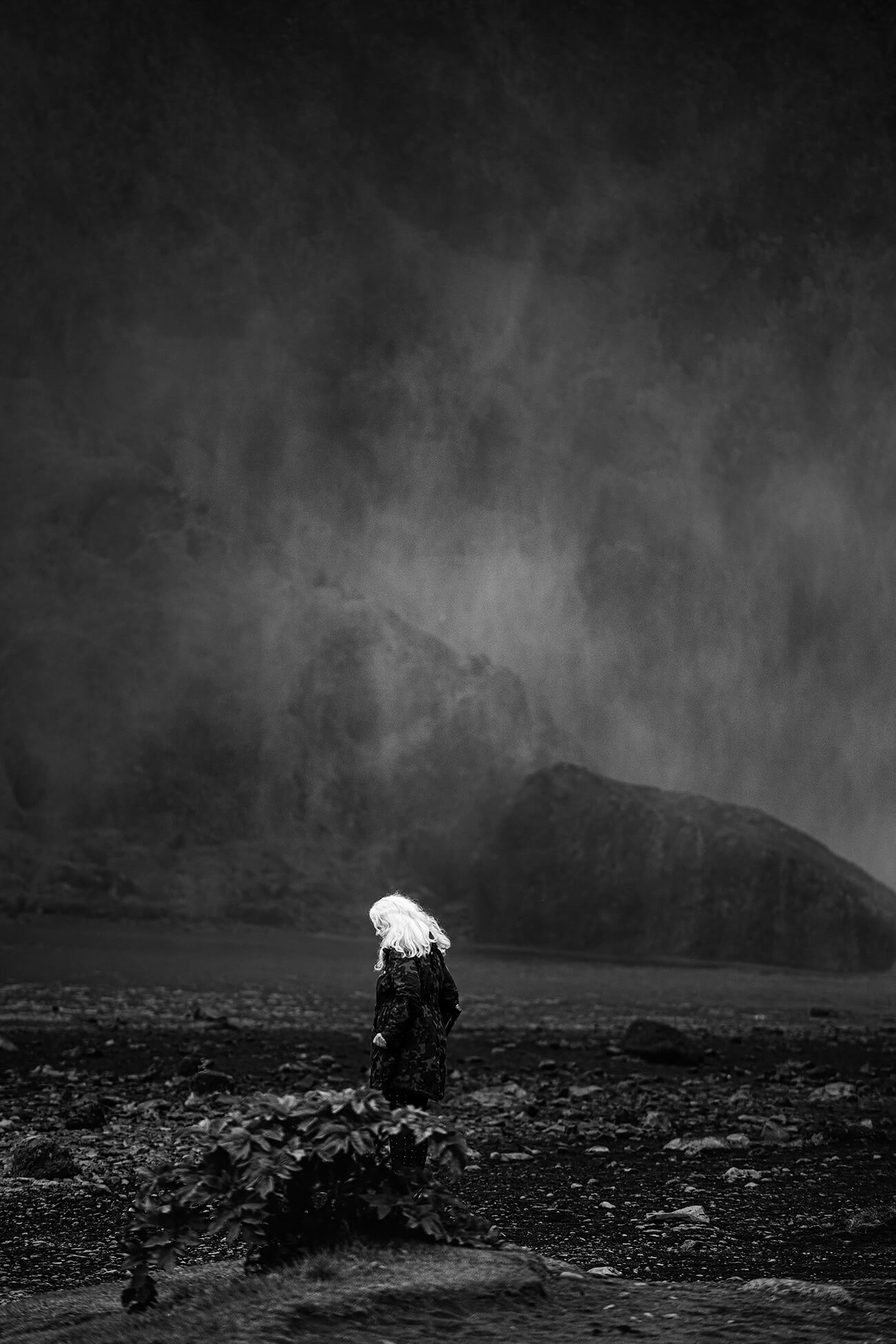
The White Lady from the series The Scale and the Limit © Michel Daumergue
This photo was taken in front of the Skogafoss waterfall (Iceland). This woman white hair stood out strongly against the dark background of the place.
The Scale and the Limit:
Huge waterfalls, rock, frozen lava... Iceland is an island between two continents, presenting landscapes beyond the usual limits, fractured and cracked. All the most violent activities on Earth are visible there. It is a magnificent country but also harsh and almost deserted.
A dark monotony sometimes emerges and transforms into an aesthetic that I had never encountered. The choice of black and white - obviously - allows me here to try to reflect this particular aspect of Iceland.
All about Michel Daumergue
Carole Glauber (Israel)
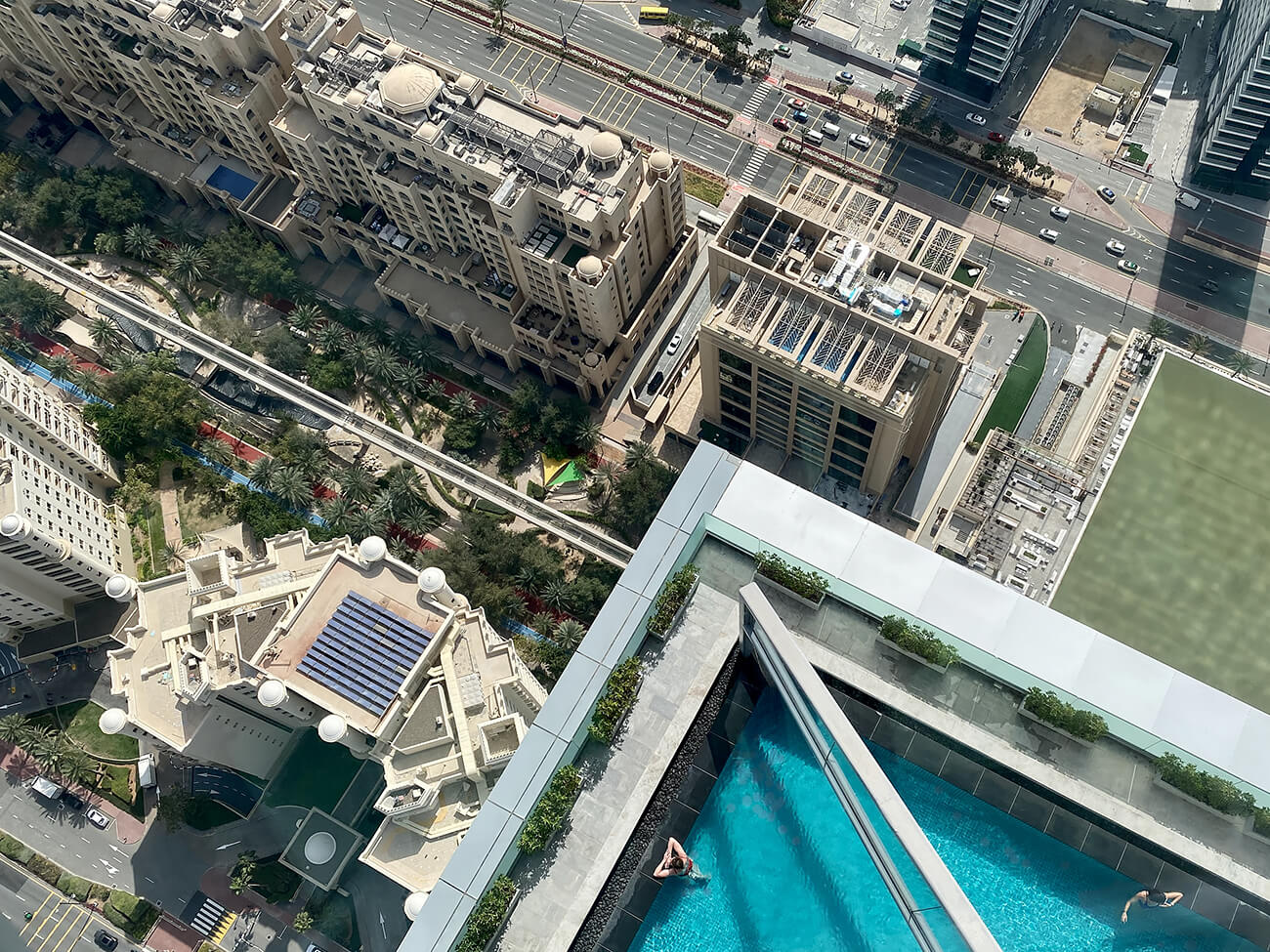
Urban Pool, Dubai from the series Looking Wide: Redefining the Landscape © Carole Glauber
Over the years, my work has been about people and places, sometimes up close and intimate and sometimes more distant. My photographic practice comes from my personal journeys and quiet observations—sometimes we need to lose ourselves in the chaos to self-reflect and create order. Gesture, light, and composition in the everyday merge to remind us of what just happened in the split second of time. The smaller details are as important as the larger elements. Each photograph is a world of its own, offering a peek into diverse anonymous moments.
All about Carole Glauber
Susanne Grether (United States)
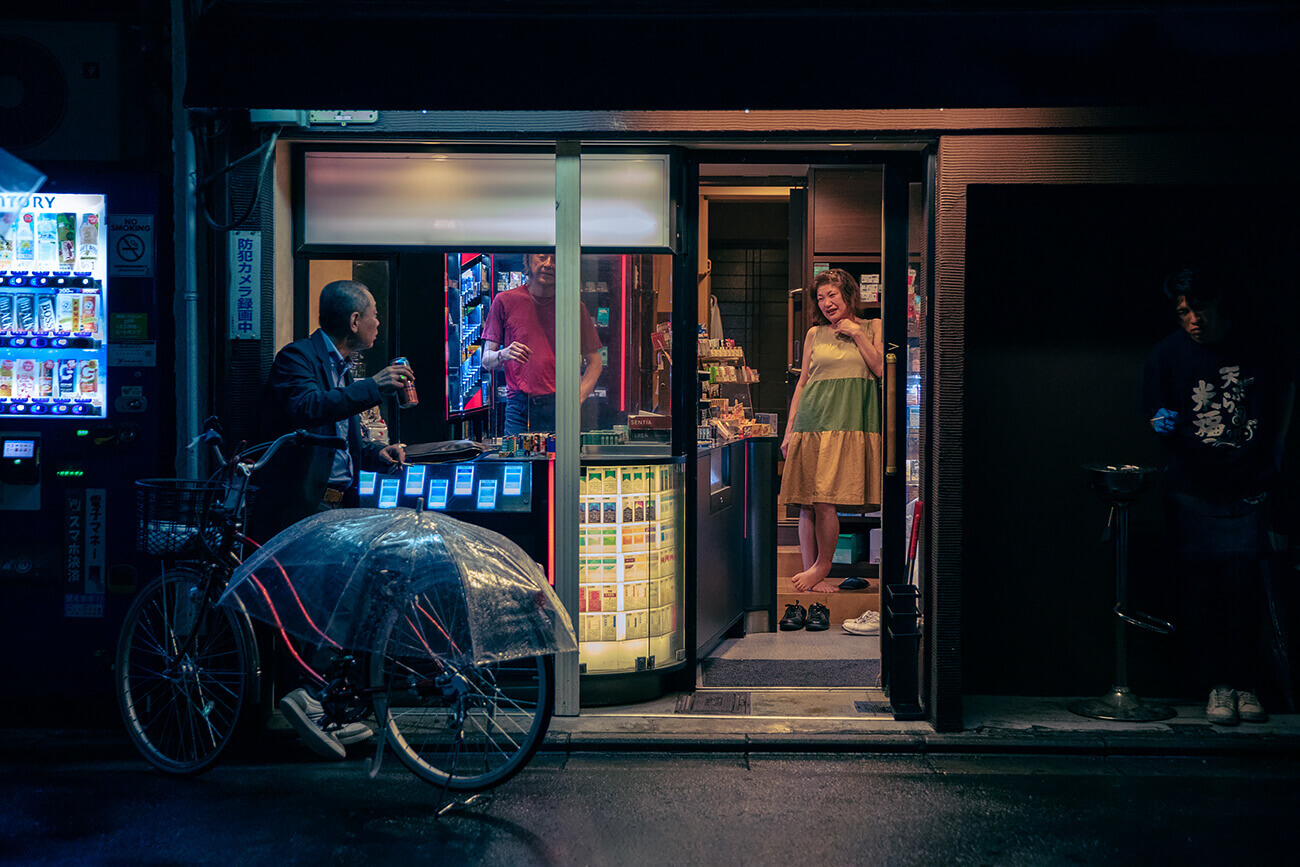
Nights at the corner store from the series The other life at night © Susanne Grether
On a mild early summer evening, I took a stroll through the narrow streets of Kyoto.
I let myself wander, observing this unfamiliar life that is so different from what I know. The atmosphere invited me to absorb everything around me. On my way back to the hotel, I noticed this small shop. There was an incredible calm emanating from this place, and the lighting was very intriguing. It was a moment of pause after work, at the end of a completed day, where everyone winds down and lets the day come to an end.
All about Susanne Grether
Demetrio Jereissati (Brazil)
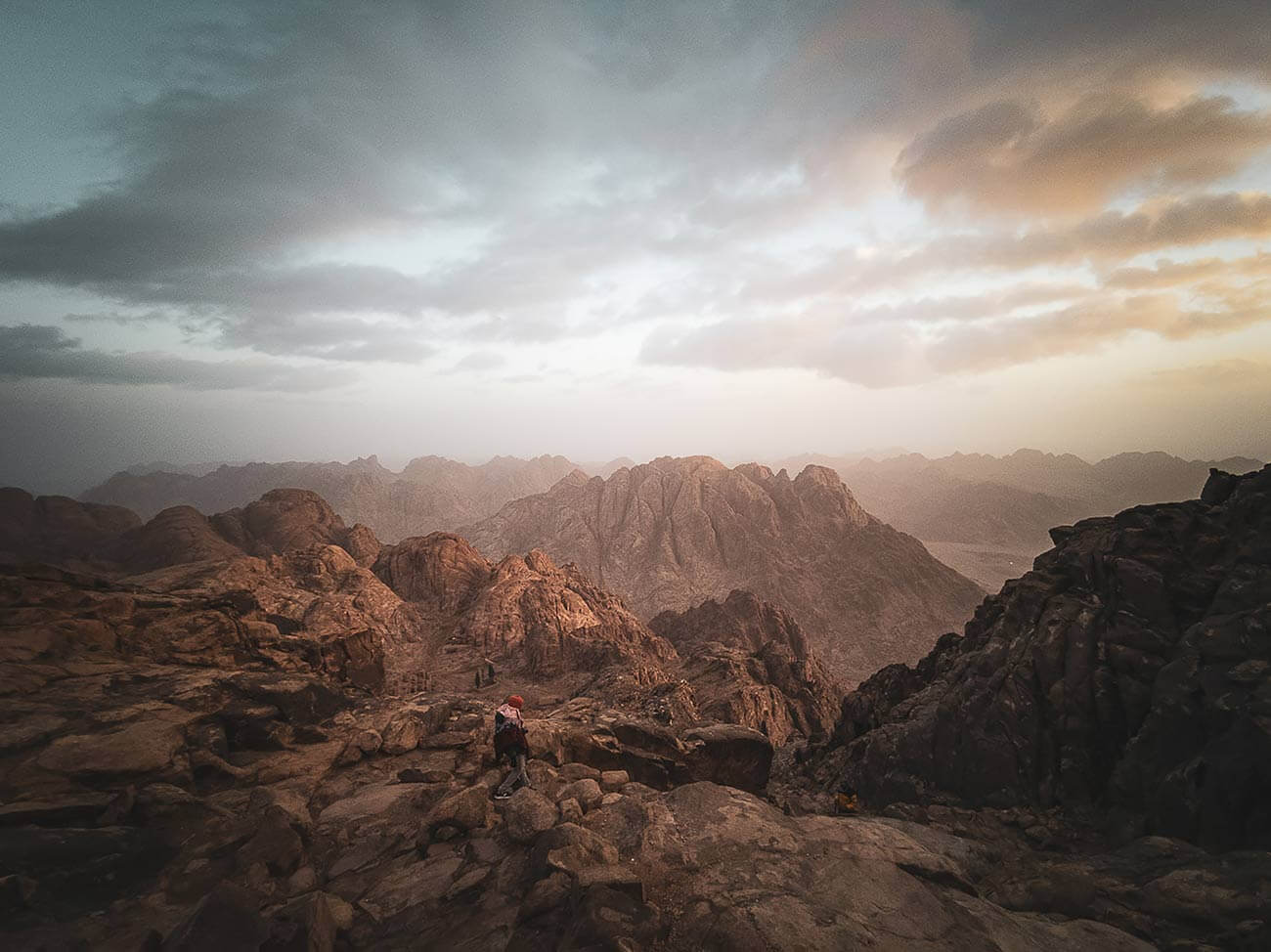
Mount Sinai (Spiritual Dawn) © Demetrio Jereissati
he Sacred Mountain for followers of Christianity, Judaism, and Islam, reaching its peak at dawn, is an experience of spirituality ... Images and words cannot reach.
March 6, 2020, the moonlight illuminated the path of 3 miles followed by almost 800 natural steps.
It was very cold, people were walking in small groups guided by local Bedouins; some people rode camels, it was quiet most of the time.
All about Demetrio Jereissati
Aga Szydlik (United States)
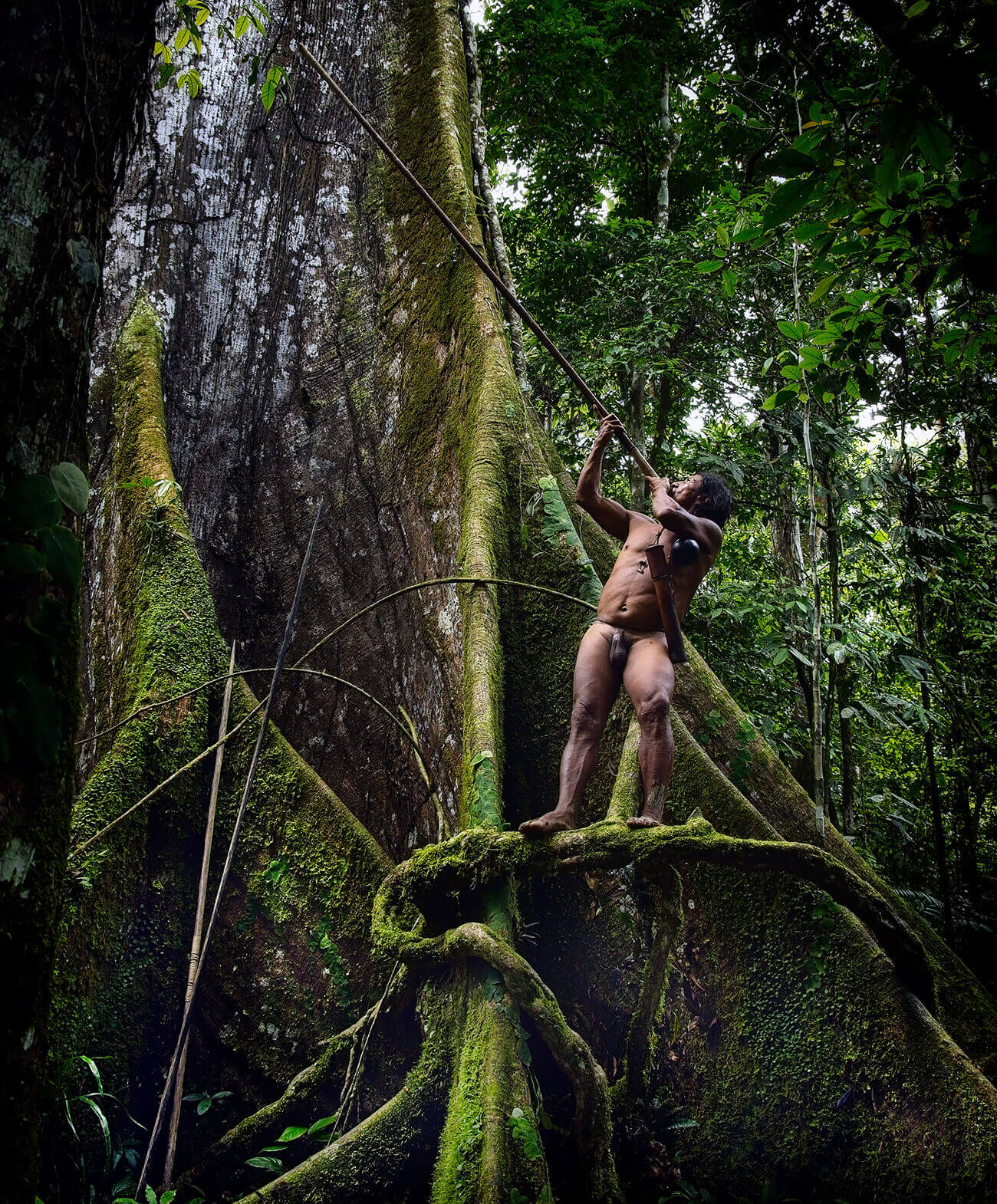
Huaorani -The Ghosts of the Yasuní © Aga Szydlik
This project aimed to observe and document the deep connection between the Huaorani (Waorani) people and their ancestral home - the Yasuní Reserve in the upper Amazon basin.
Deep in the impenetrable jungle of the Ecuadorian Amazon live the Huaorani people. The Huaorani are Ecuador's most recently contacted indigenous group. US missionaries and oil workers first approached them in the late 1950s, leading to ongoing oil exploitation, territorial displacement, and cultural colonization.
The Huaorani continue their hunter-gatherer life as their ancestors once did - hunting monkeys and peccaries with heavy four-meter-long blowguns and curare-dipped arrows, fishing, and cultivating fields. Huaorani are fierce and well-regarded warriors and hunters bearing Anaconda (Ube) tattoos on their upper biceps to honor their Anaconda clan ancestors. The tribe elders are the figures of authority, sources of wisdom and knowledge, and guardians against external threats, including oil exploitation and cultural colonization, protecting the tribe and their ancestral environment. As time passes, the older warriors transition from the path of anaconda to that of a jaguar. And when the time comes, the Jaguar returns to the jungle, joining his ancestors and becoming the ghost of the Yasuni.
The Yasuni Biosphere Reserve is located in the upper Amazon basin. It is one of the areas with the most extraordinary biodiversity per square meter on the planet, with 99.73% of the biosphere reserve consisting of original natural vegetation. For many years, Yasuní National Park has been undergoing radical change. Exploration of the region's oil reserves has threatened many native species and habitats, as well as the lifestyle of the indigenous Huaorani people.
All about Aga Szydlik
